With the UK market hitting 2.6 million new car registrations in 2015, demand was at record levels last year.
Voices inside the car industry, however, suggest “disorderly marketing” (discounts and pre-registrations) were on the rise, especially in the second half of the year.
Dealers’ favoured sales technique is now to contact owners who have six months still to go on their PCPs and ask them if they’d like an improved new car “for just a few pounds more a month”. It makes sense to the buyer and can increase annual retail sales by 10-20% without adding a single new customer.
2015 market share: 0.19 per cent (down from 0.22 per cent in 2014)
Fiat used to talk of relaunching Alfa Romeo. Now it’s more a case of resurrecting it. The 2016 Giulia has the toughest job in the car industry.
2015 market share: 0.04 per cent (up from 0.03 per cent)
The best thing about Aston Martin is that it is still here after enduring a terrible time in the past couple of years. Finally, the future looks bright, with new money and a new SUV.
2015 market share 6.42 per cent (down from 6.54 per cent)
Audi sales have risen, but not by as much as the overall market. The big winner has been the Audi TT, whose sales are up by more than 80%.
2015 market share 0.05 per cent (down from 0.06 per cent)
Market share has been stable this year, while Bentley prepares for the Bentley Bentayga super-luxury SUV. That should increase sales volume by approximately 50%.
2015 market share 6.12 per cent (up from 5.91 per cent)
BMW has had a record 2015, although, with its expanded range, it is running out of new worlds to conquer. The BMW i3 and i8 are good investments for the future, because pollution concerns can only increase.
Citroën (including DS)
2015 market share 3.37 per cent (down from 3.39 per cent)
Market share is stable, thanks purely to the successful new C4 Cactus. The big plan for 2016 is to convince buyers that DS is a stand-alone brand — but DS desperately needs new models if it is to be credible.
2015 market share 0.99 per cent (up from 0.97 per cent)
Dacia is now the UK’s only proper economy car brand as its former competitors have gone upmarket. Dacia can be the Lidl of cars, compared with Skoda’s Waitrose Essentials.
2015 market share 0.03 per cent (unchanged from 0.03 per cent)
In 2015, 10% of Ferrari was floated on the New York Stock Exchange, and analysts reckon the company will have to sell more cars or more merchandising to keep shareholders happy. Can production be kept down to 7000 units per year, or will the 2018 Dino cause it to creep up?
2015 market share 2.45 per cent (down from 2.73 per cent)
More than 80% of sales now come from models branded Fiat 500, but not all is well in the 500 family. The new Fiat 500X has not led to an overall rise, while the Fiat 500L has fallen sharply.
2015 market share 12.72 per cent (down from 13.25 per cent)
The Ford Ecosport compact crossover is looking like a significant error. It is the first Ford product in two decades that seemingly ignores good dynamics and is the company’s only major failure in that time. These two facts may be connected.
We give the Ford Ecosport a thorough going over in our road test
2015 market share 2.06 per cent (down from 2.17 per cent)
At least Honda still makes cars in the UK, even if we don’t buy as many of them as we once did. Uncompetitive prices and even more uncompetitive CO2 emissions are key factors.
2015 market share 3.38 per cent (up from 3.35 per cent)
Only modest growth, but it is all coming from relatively pricey Hyundai Tucsons and Santa Fes, which underlines Hyundai’s steady progress upmarket.
2015 market share 0.05 per cent (up from 0.03 per cent)
Next year will be a crucial one for Infiniti, because that will be when we discover whether or not the brand has a future in Europe. The Q30 hatch and QX30 crossover should bring Infiniti into the mainstream. Certainly, the Sunderland workers that produce them will be hoping for success.
2015 market share 0.90 per cent (up from 0.74 per cent)
It is still too soon to be sure about the impact of the Jaguar XE, but the early signs are encouraging. Once the F-Pace SUV arrives next spring, Jaguar will be looking to double UK sales.
2015 market share 0.41 per cent (up from 0.16 per cent)
Jeep’s future lies with affordable models such as the Jeep Renegade rather than pretending that the Jeep Cherokee can compete with Land Rover.
2015 market share 3.06 per cent (down from 3.19 per cent)
Kia is planning more SUVs and more high-performance models (using its GT sub-brand) as it majors on design rather than low prices.
2015 market share 2.51 per cent (up from 2.27 per cent)
The steady flow of new models will continue in 2016, with the arrival of the new Land Rover Discovery and the Evoque Convertible. The SUV market continues to surge ahead and Land Rover wants to continue the rise in market share experienced this year.
2015 market share 0.50 per cent (up from 0.47 per cent)
With the new Lexus NX crossover, Lexus appears to have found a purpose in life. That’s good for the brand, because our appetite for non-European premium saloons is virtually non-existent.
2015 market share 0.01 per cent (unchanged from 0.01 per cent)
The revised Evora has taken the headlines, but the real news is a fresh management determined to sort out production processes and build quality.
2015 market share 0.06 per cent (up from 0.05 per cent)
In 2014, Maserati’s plan was to get UK share to around 0.20% by 2018. It is making progress, but it needs to accelerate.
2015 market share 1.76 per cent (up from 1.56 per cent)
The range of new models has meant that Mazda is one of the Japanese growth stories in 2015. Its target is a 2% share, and that could be achievable.
2015 market share 5.56 per cent (up from 5.05 per cent)
Mercedes-Benz is closing on BMW, but BMW is likely to do whatever it takes to stay ahead. It is hard to see Mercedes getting much more than a 6.0% share.
2015 market share 0.12 per cent (up from 0.10 per cent)
The products are improving and sales are rising, but a genuine rebirth seems as far away as ever.
2015 market share 2.41 per cent (up from 2.29 per cent)
Sales have risen thanks to the new five-door Mini, and the next Mini Countryman (much more of an SUV) should give another boost from late 2016.
2015 market share 0.86 per cent (up from 0.63 per cent)
More than half of Mitsubishi’s UK sales now come from the Outlander PHEV, but that model will lose its CO2 road tax advantage in 2017, which is a major worry for the company.
2015 market share 5.88 per cent (up from 5.61 per cent)
Nissan has shown a clean pair of heels to its Japanese and French rivals. The Nissan Qashqai and Nissan Juke have been huge successes, but mainstream models are becalmed.
2015 market share 3.98 per cent (down from 4.24 per cent)
Peugeot is doing better globally, but its rather bland model range is losing ground in the UK. There is no stand-out model like a Renault Captur or Nissan Qashqai.
2015 market share 0.47 per cent (up from 0.36 per cent)
Porsche is now predominantly an SUV company. Half of its sales are from the Porsche Macan and the Porsche Cayenne, and that proportion is rising.
2015 market share 2.84 per cent (up from 2.65 per cent)
Renault is now recovering, with its 2015 UK sales boosted by the Twingo. The new Renault Kadjar should add somewhere around 0.5% next year, taking Renault closer to Peugeot.
2015 market share 0.01 per cent (down from 0.02 per cent)
Market share hovers around 0.015%, so the annual change is not significant. The big news for the future is confirmation of the development of a Rolls-Royce SUV.
2015 market share 1.86 per cent (down from 2.15 per cent)
After a couple of years of recovery, Seat has experienced sales falls for all models except the Seat Ibiza. The brand is suffering from a middle-aged range and a lack of crossovers.
2015 market share 2.85 per cent (down from 3.07 per cent)
After many years of steady growth, there has been a slight fall. This is mostly because of declining sales for the Skoda Rapid, an uncharacteristically bland Skoda that appears to be ageing rapidly.
2015 market share 0.32 per cent (up from 0.19 per cent)
As expected, the Forfour is taking about two-thirds of Smart sales, because it costs barely more than the Fortwo. Interestingly, the Forfour is selling in similar numbers to its cheaper, jointly developed twin, the Renault Twingo.
2015 market share 0.13 per cent (up from 0.06 per cent)
Yes, its market share has doubled during 2015, but it’s still small, and four inexpensive model ranges selling a total of fewer than 4000 cars a year is an accountant’s nightmare. It is hard to see where the breakthrough will come from.
2015 market share 0.13 per cent (up from 0.11 per cent)
In the US, ‘Subaru and sandals’ means university-educated liberals. In the UK, it means nothing at all. Subaru’s engineering qualities are hidden behind an image-free badge and high prices here.
2015 market share 1.32 per cent(down from 1.53 per cent)
Market share fell in 2015 as the big-selling Alto was being replaced by the Celerio. With help from the new Suzuki Vitara, it should recover in 2016
2015 market share 3.83 per cent (up from 3.82 per cent)
The stagnant market share is a metaphor for the stagnant Toyota Yaris/Auris/Avensis ranges. The GT86 looks less like a rallying call for car dynamics than a cry in the dark.
2015 market share 10.15 per cent (down from 10.65 per cent)
Vauxhall will grow its market share in 2016 — partly because of the new Vauxhall Astra and partly because the MD who wanted to reduce discounting left suddenly in September.
2015 market share 8.53 per cent (down from 8.67 per cent)
Volkswagen’s apparent sales stability in the face of ‘dieselgate’ is inconclusive. It will take a while before we know if demand is stable, or if VW is increasing discounts to maintain sales volumes.
2015 market share 1.62 per cent (down from 1.66 per cent)
The swap to the new Volvo XC90 cost Volvo sales, but 2016 should be better. The XC90 is crucial to Volvo’s attempt to become a premium brand again.
It was a good year to be selling...
Compact executive cars - The Jaguar XE brought new people into the class, and existing models actually increased sales.
Supermini-based crossovers - Sales of cars like the Renault Captur were up by more than a third.
Affordable SUVs - Cars like the Ford Kuga rose by more than 25%.
It was a bad year to be selling...
MPVs - Sales of every size of people-carrier dropped, with supermini-based ones falling by over a quarter.
City cars - These suffered a sales fall for the second year, with big drops for the Ford Ka and Vauxhall Adam.
Supercars - Apart from the Ferrari 458 and Porsche 911, most models fell slightly. The overall decline was 5%.

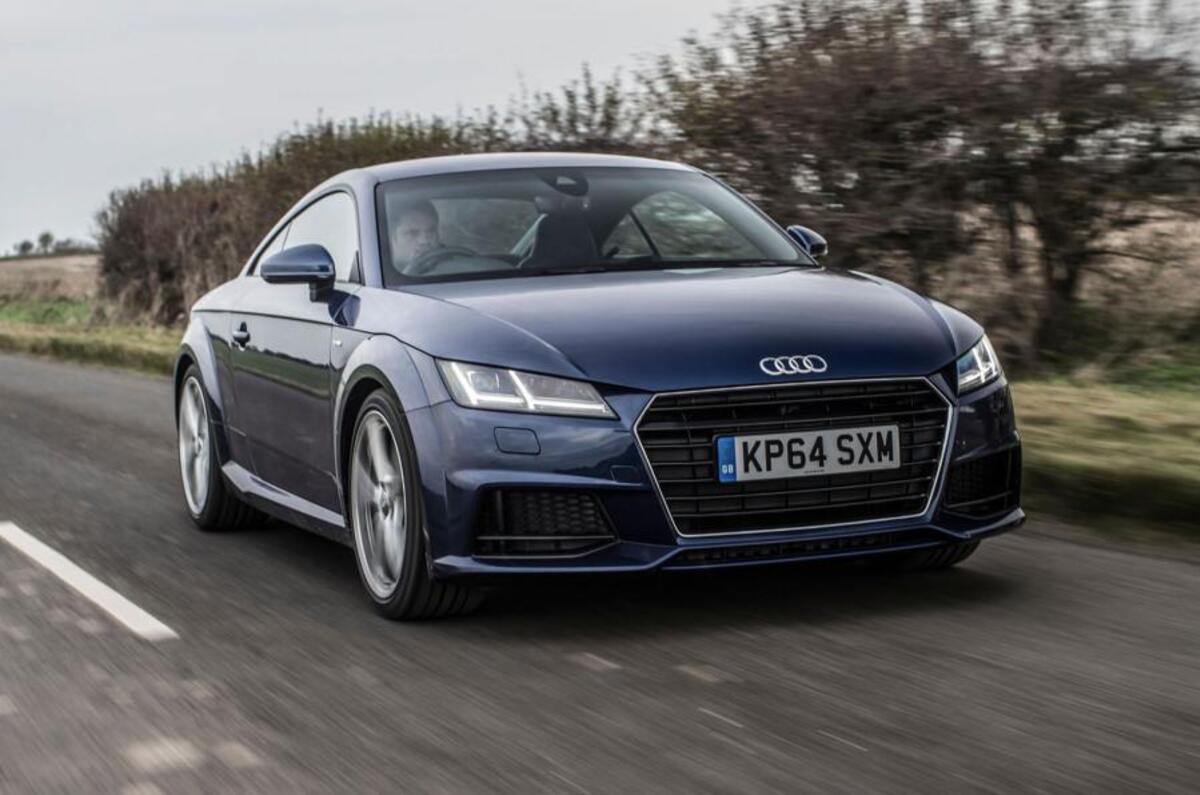
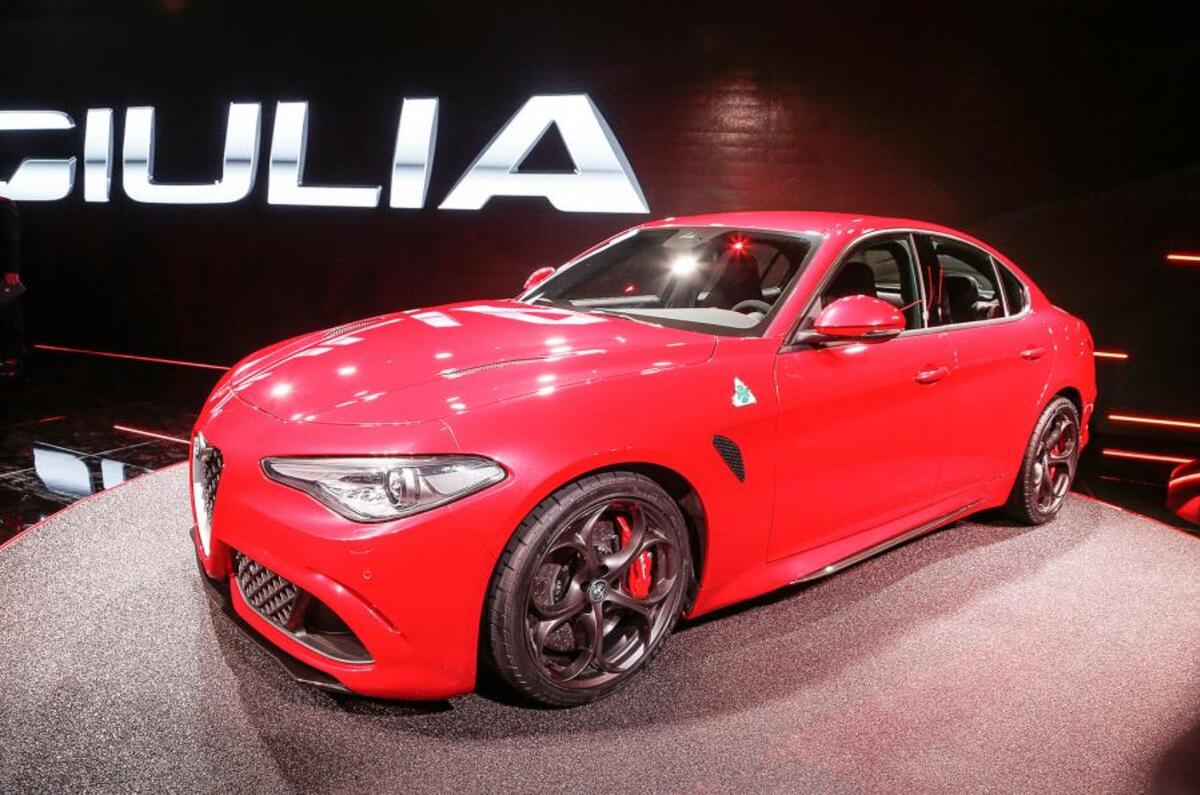
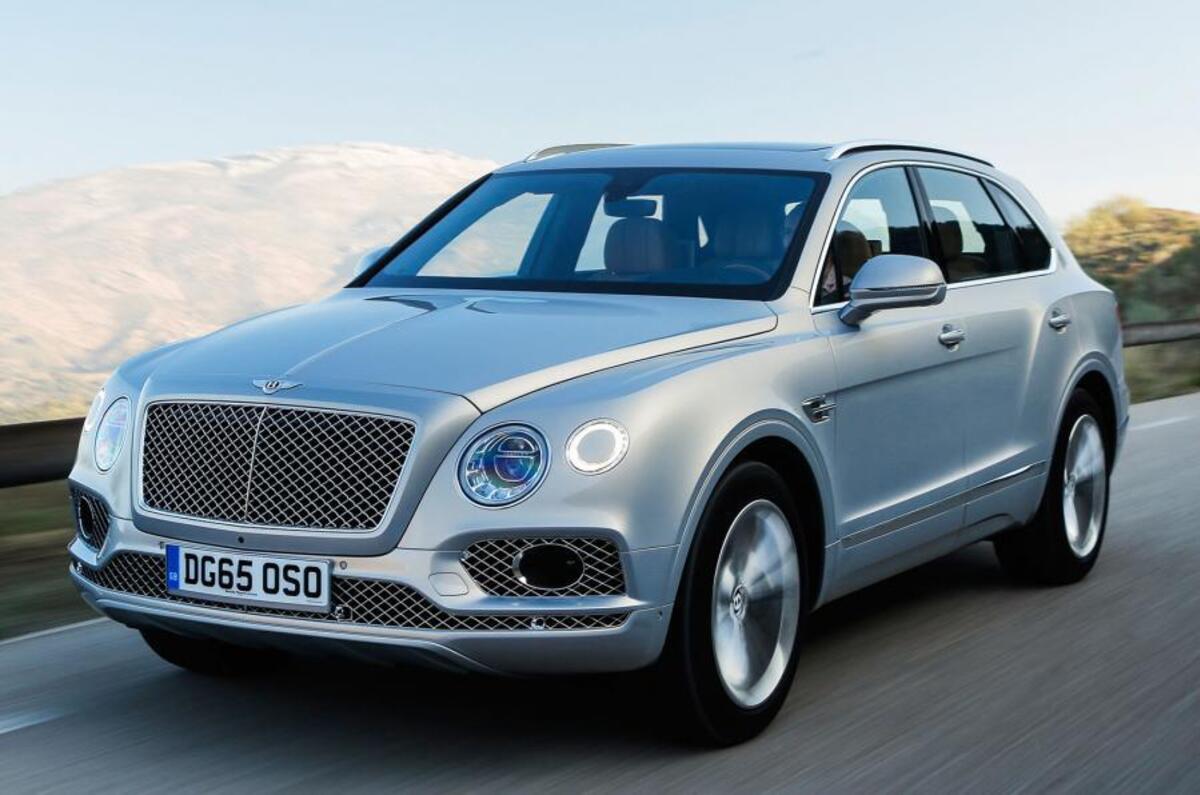
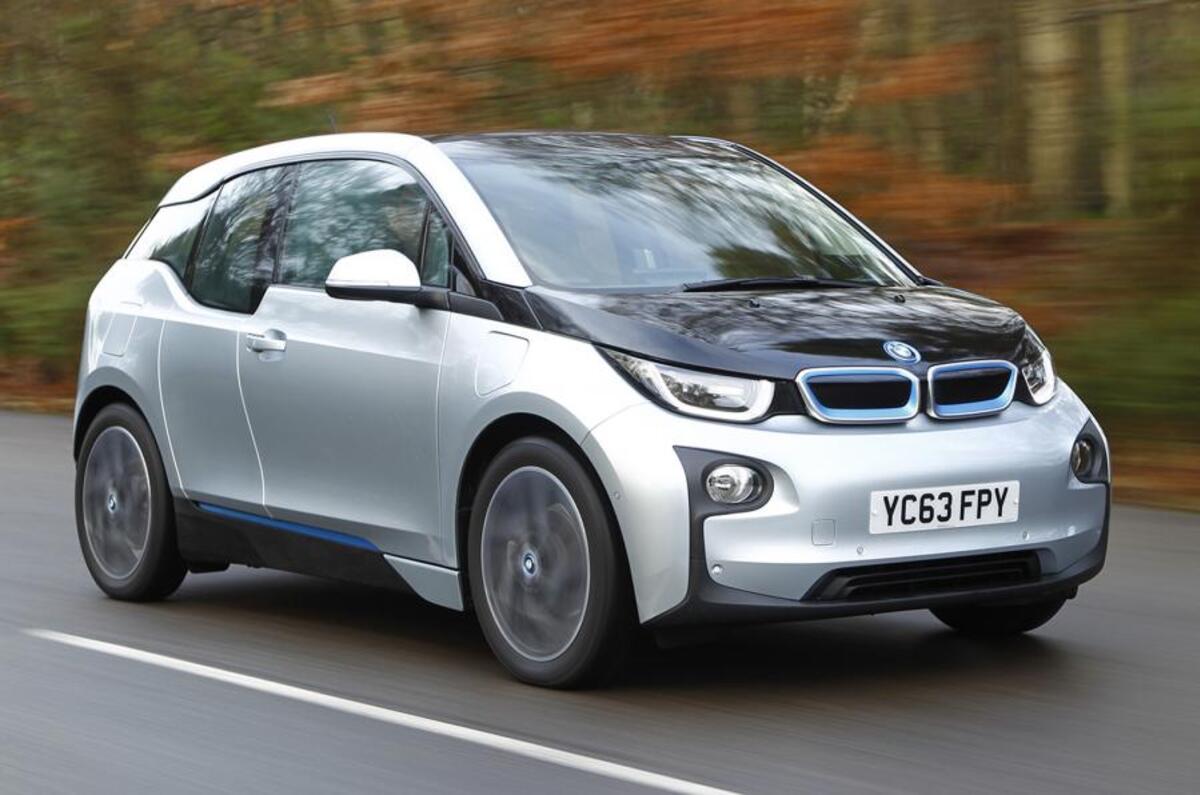
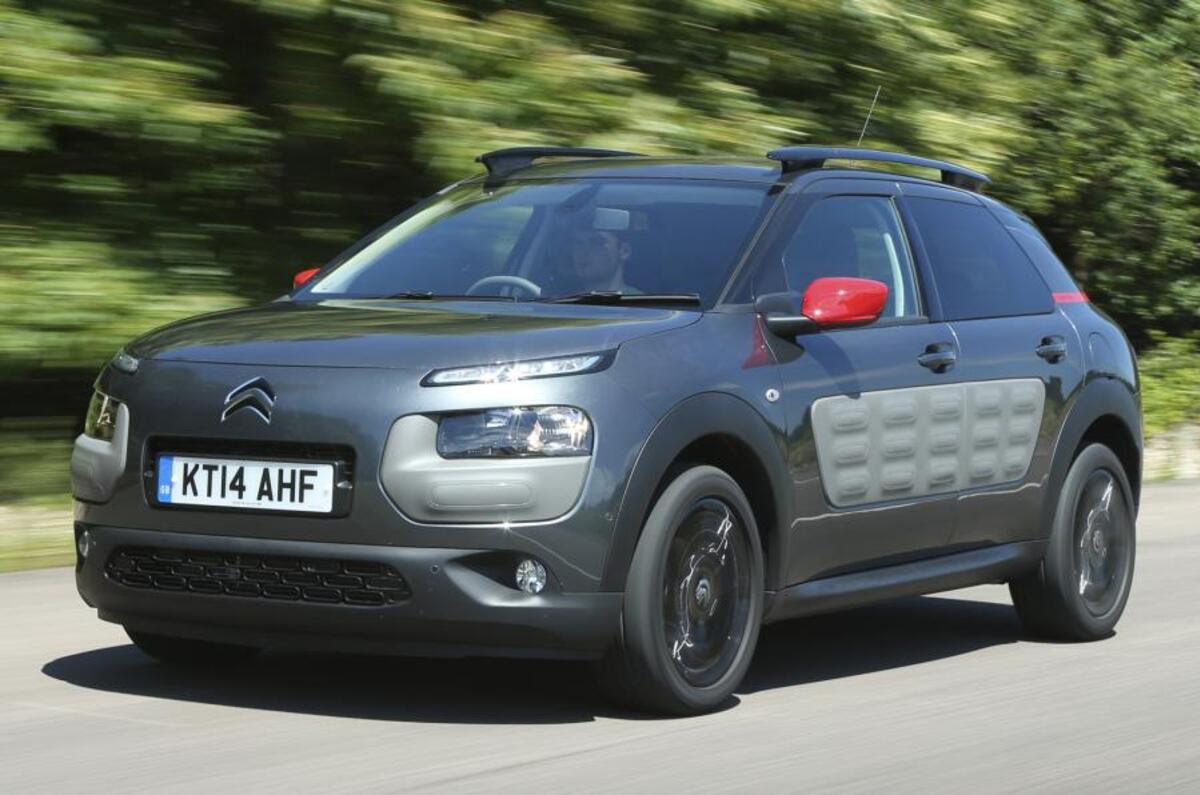
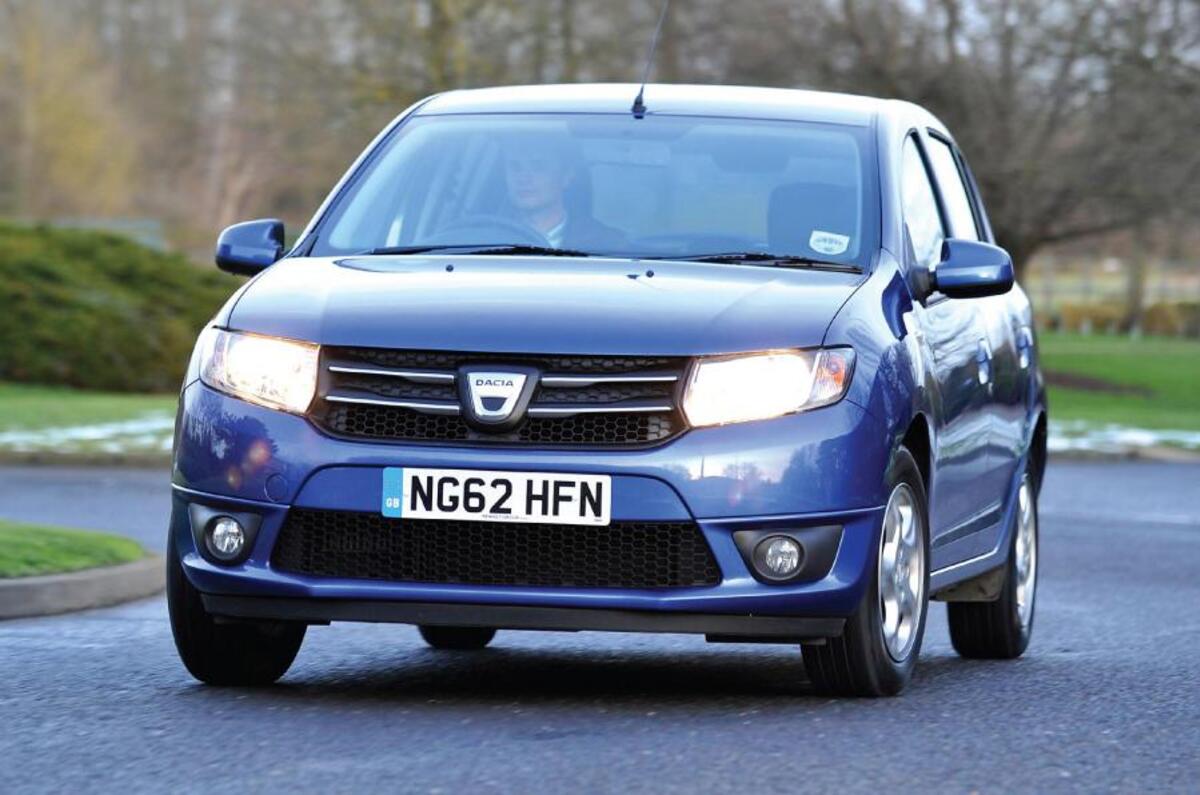
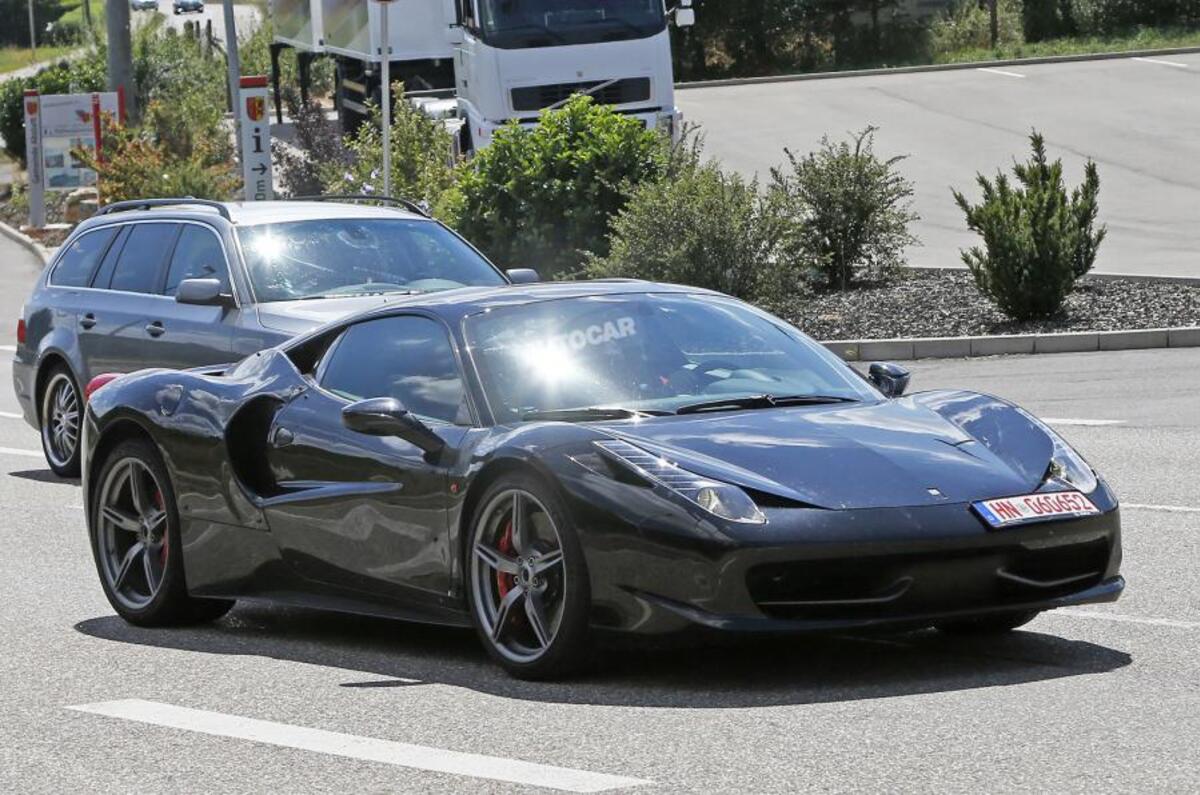
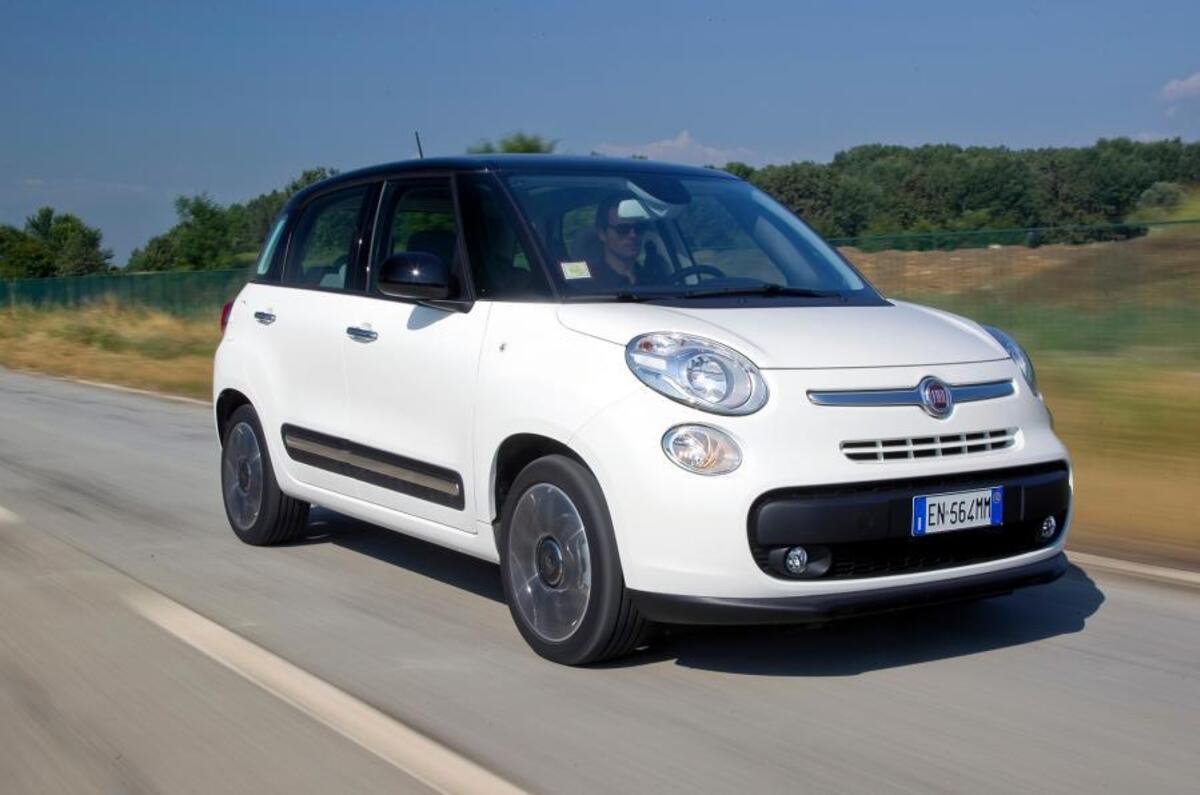

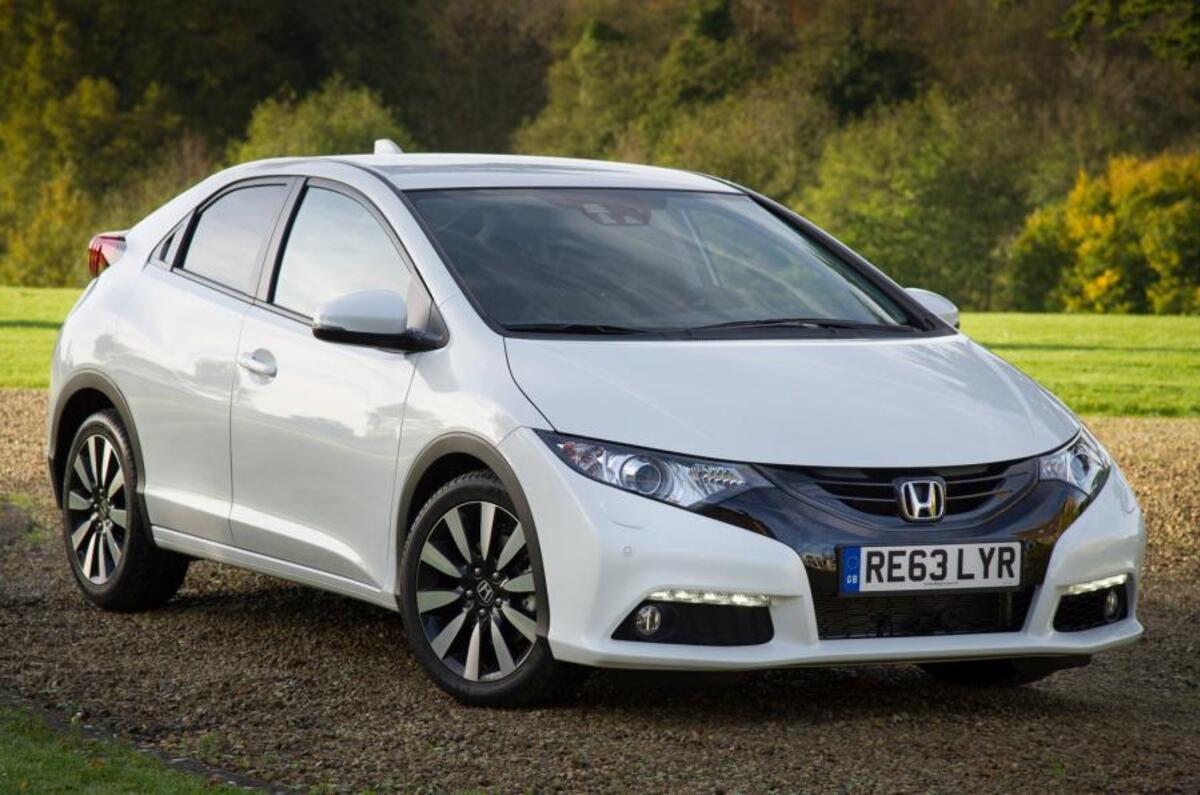
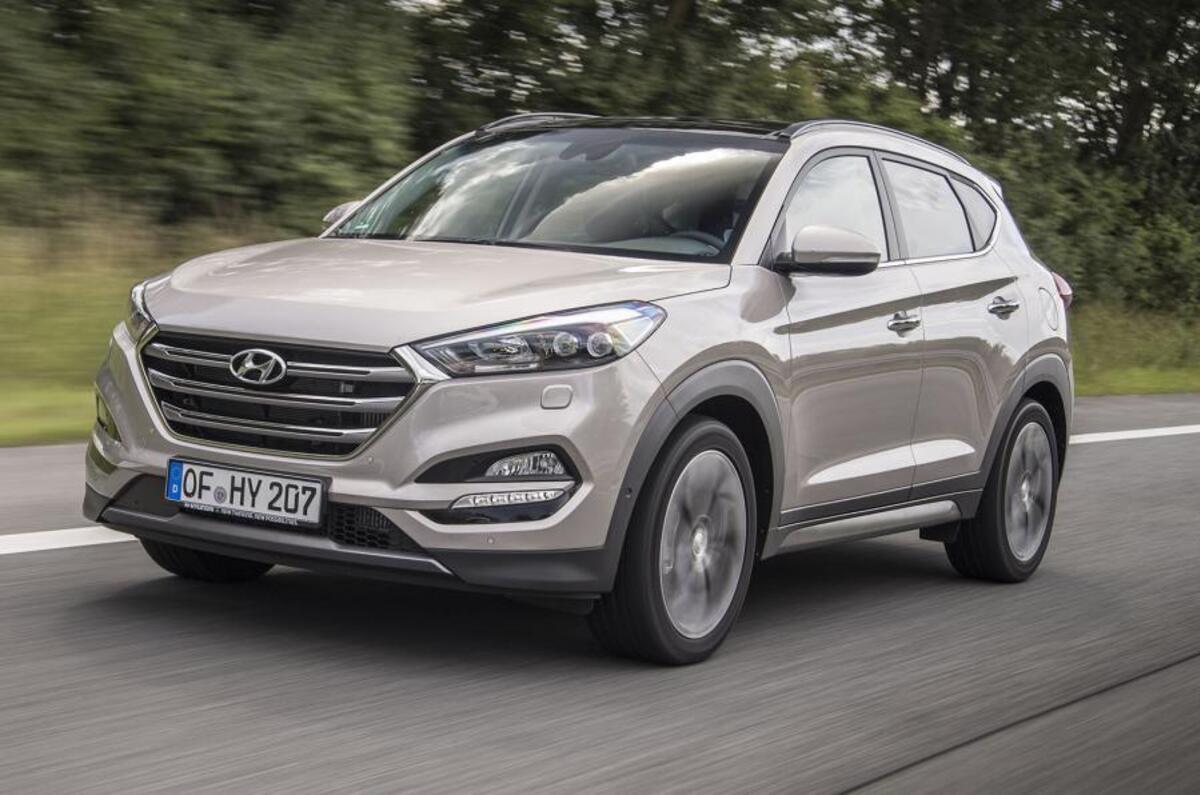
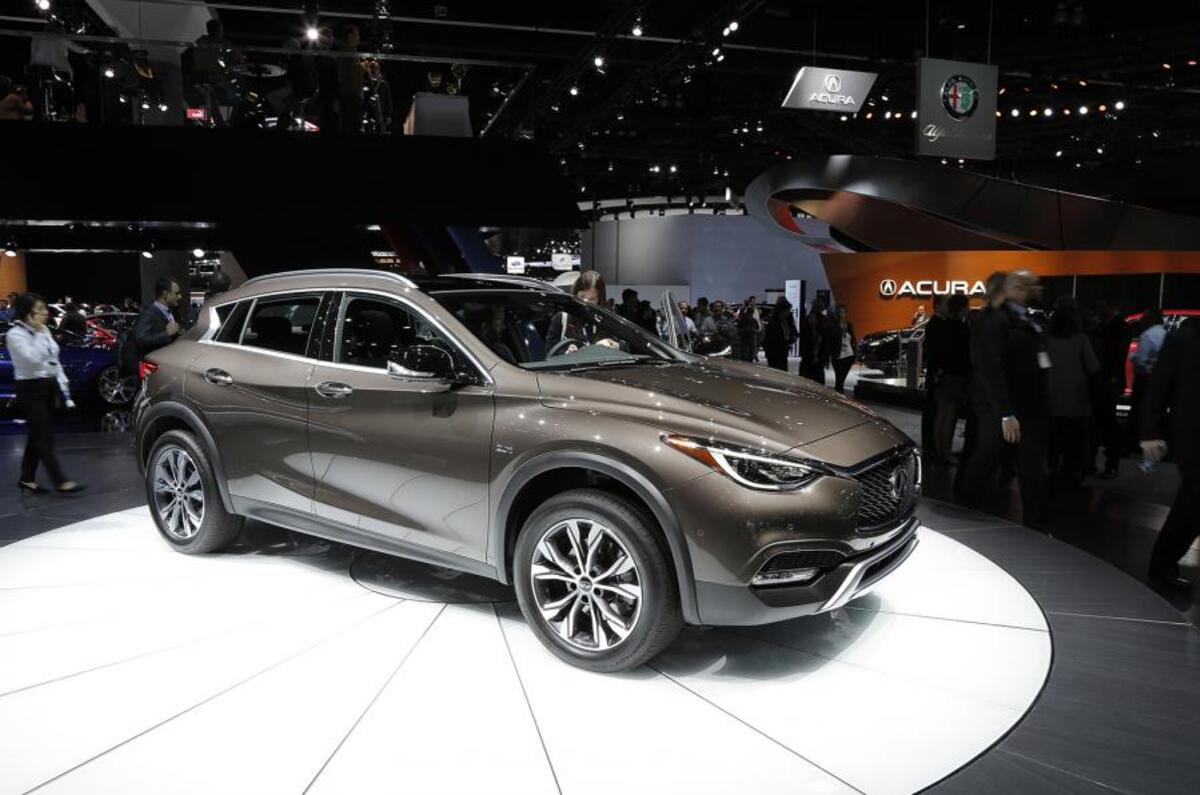
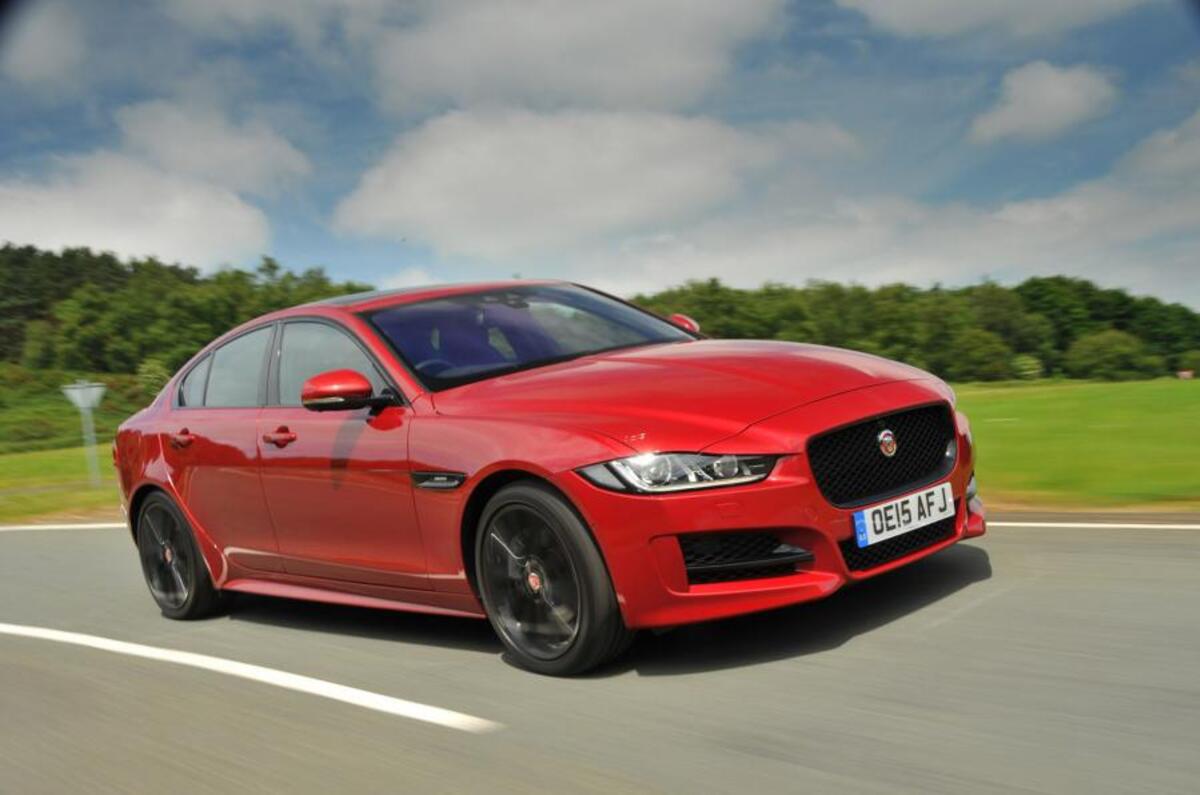
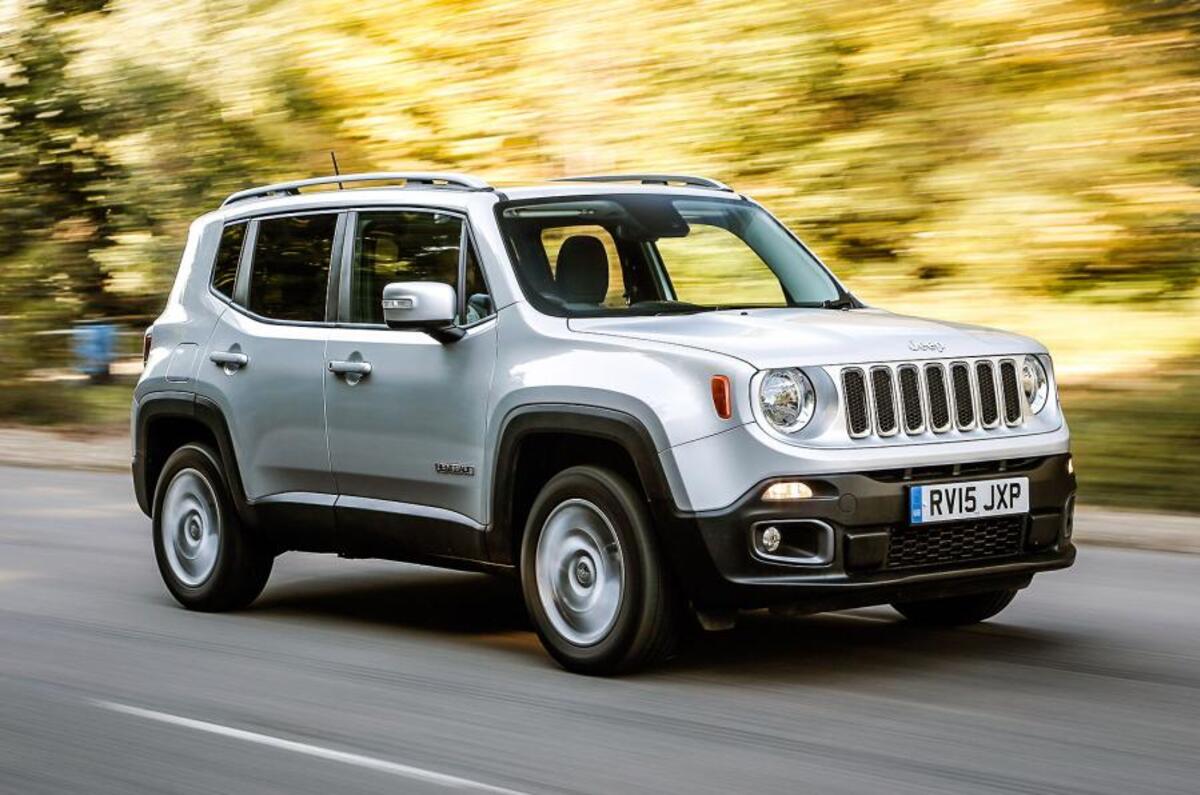
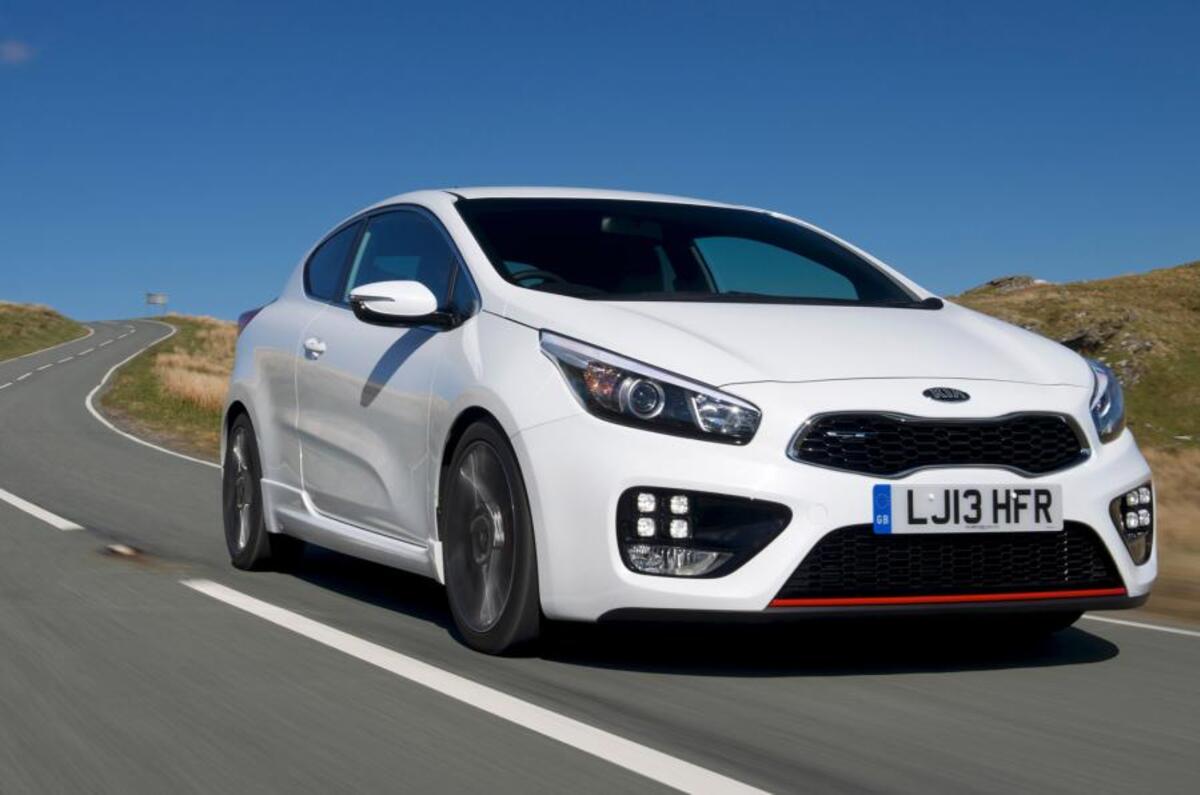
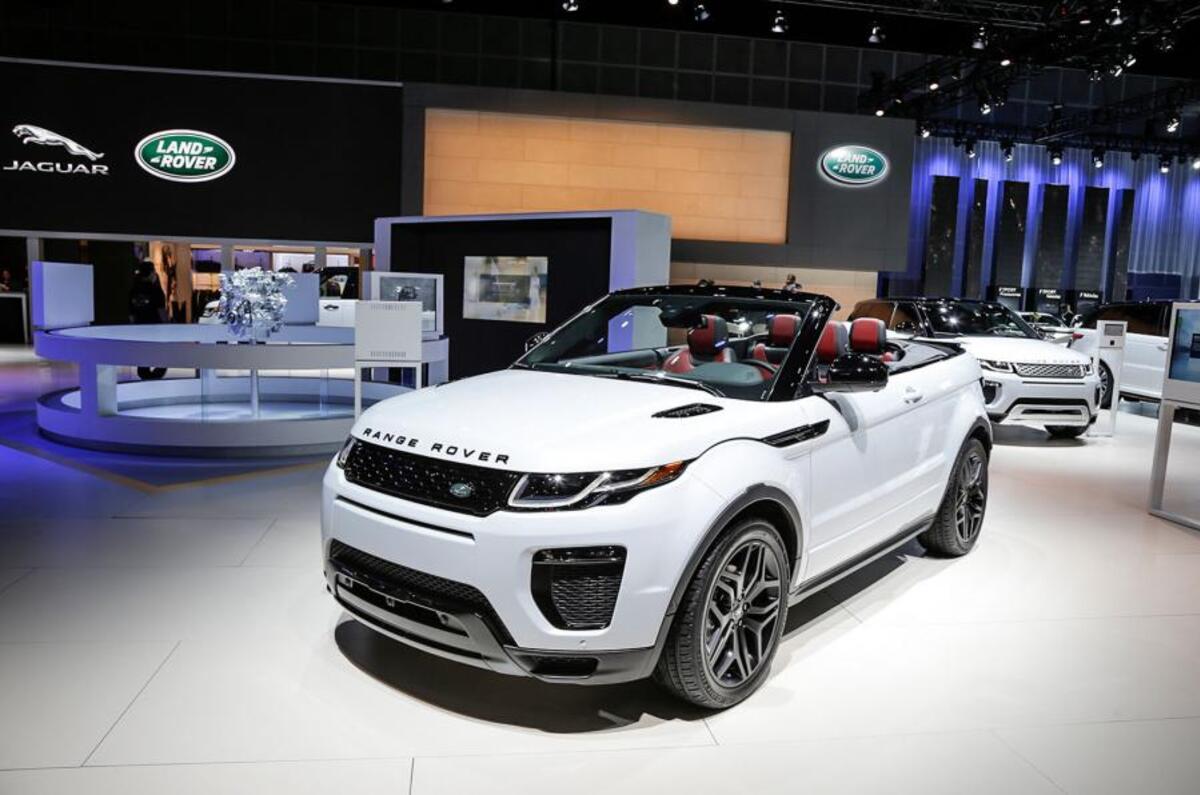
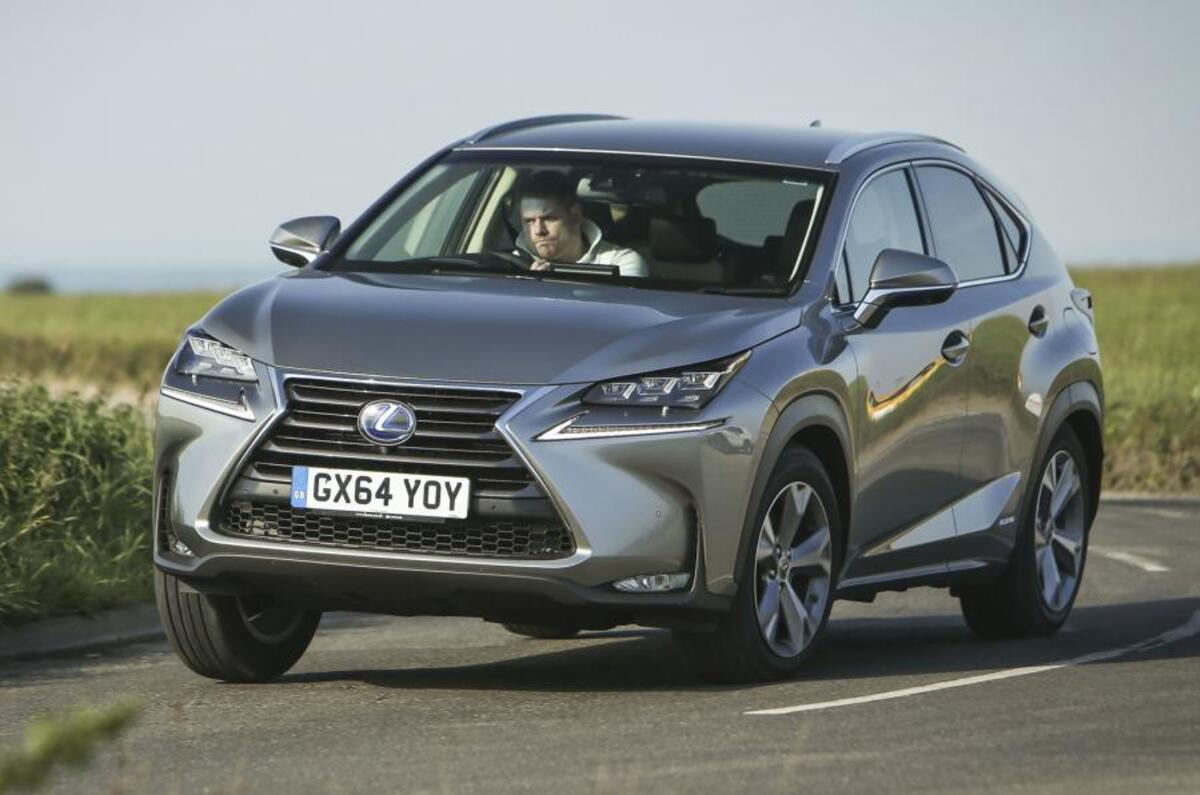
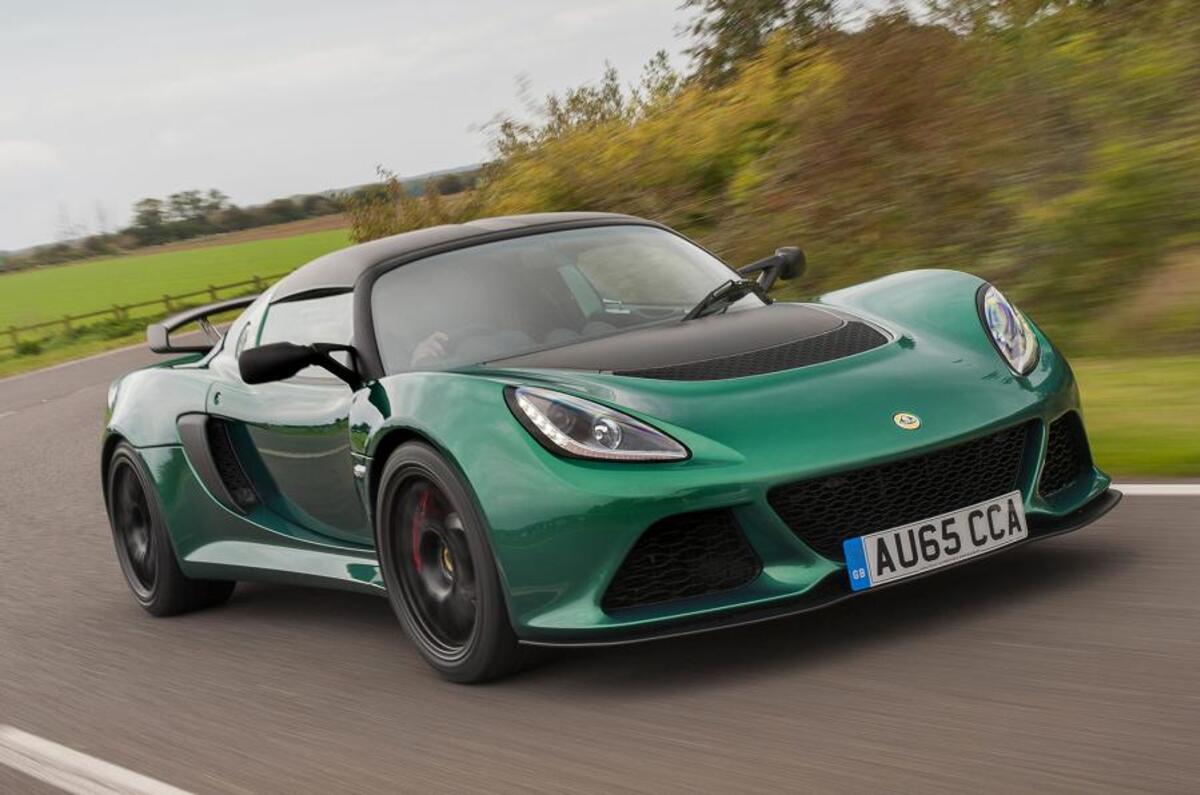
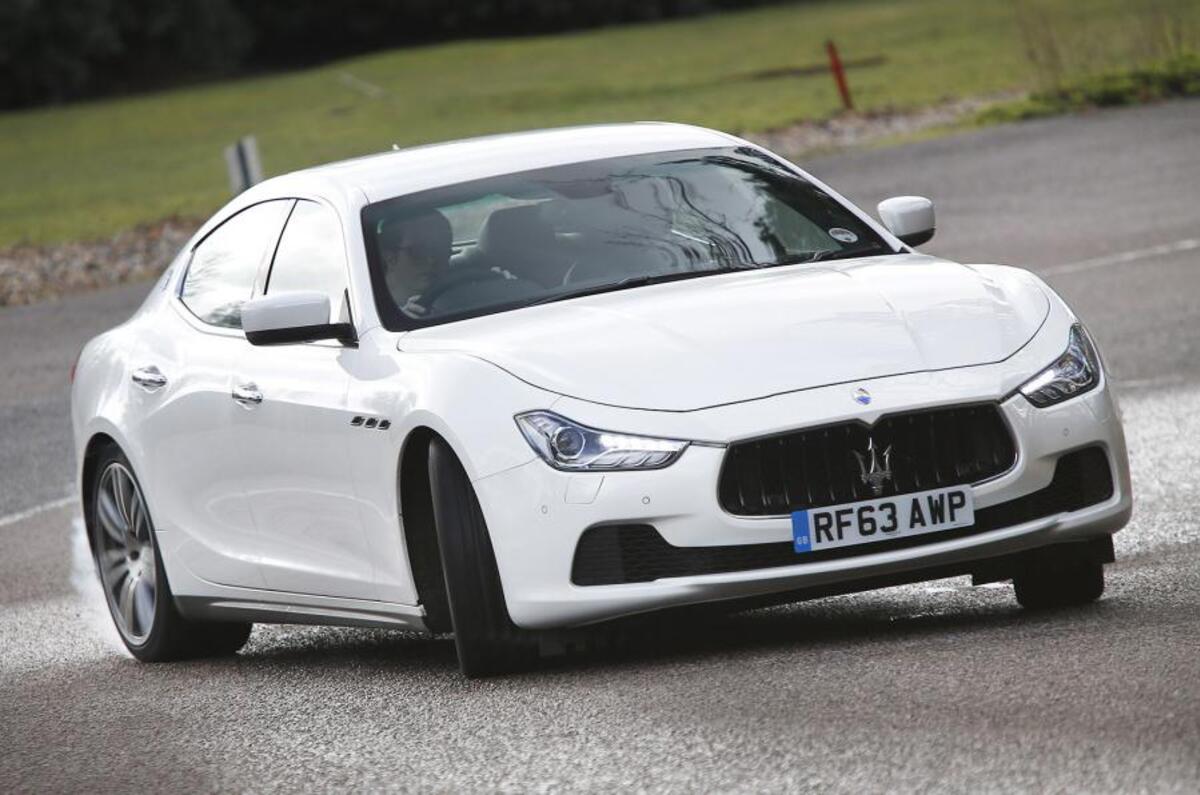
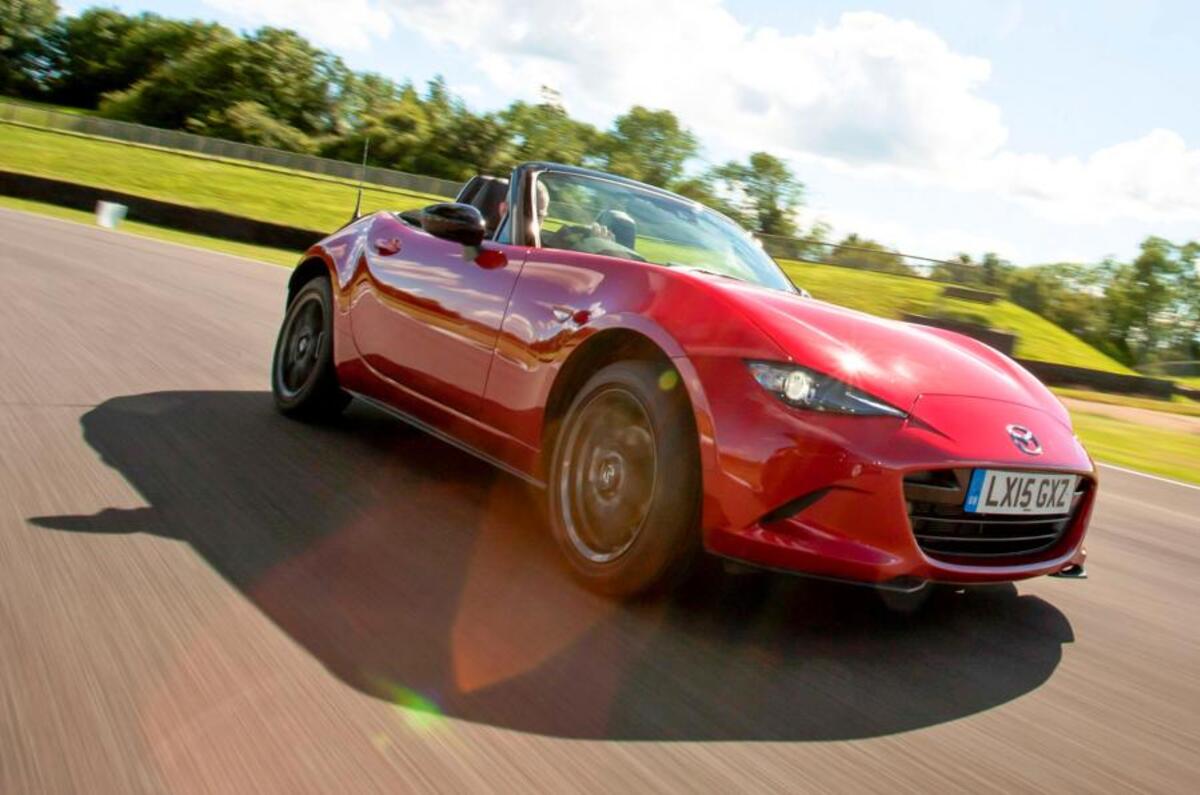

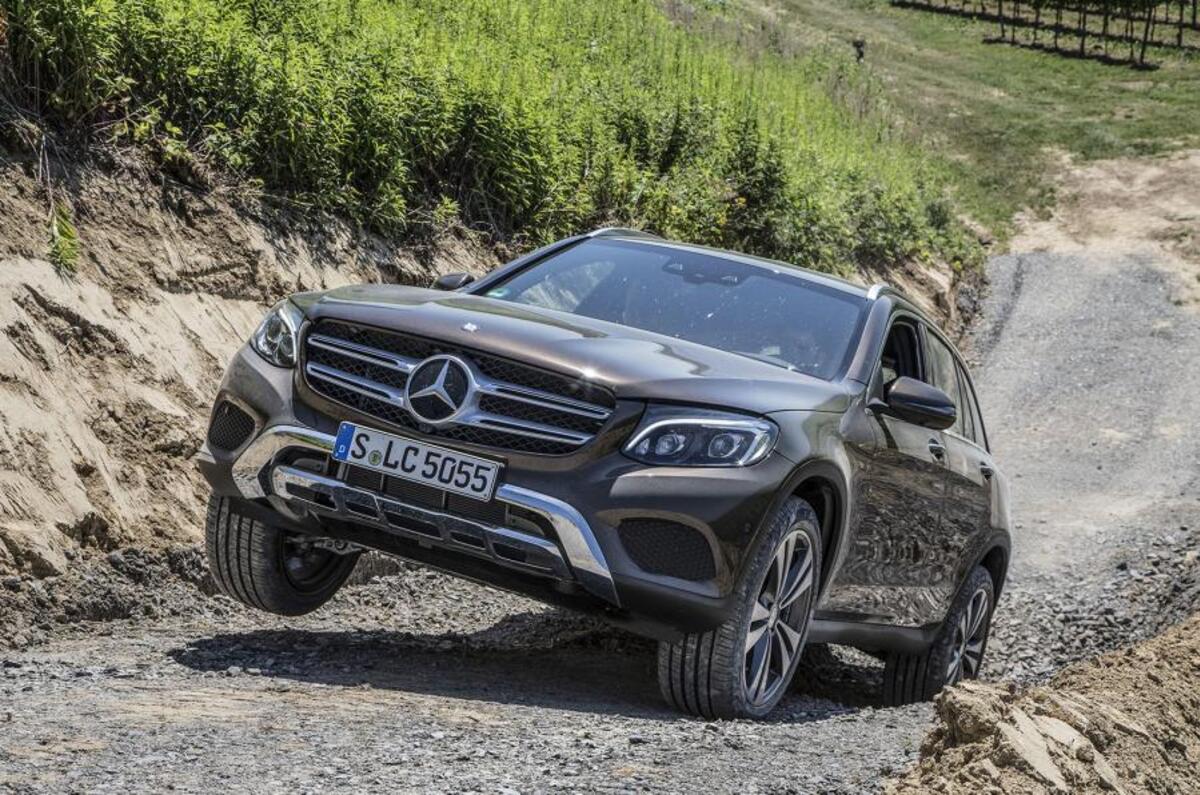

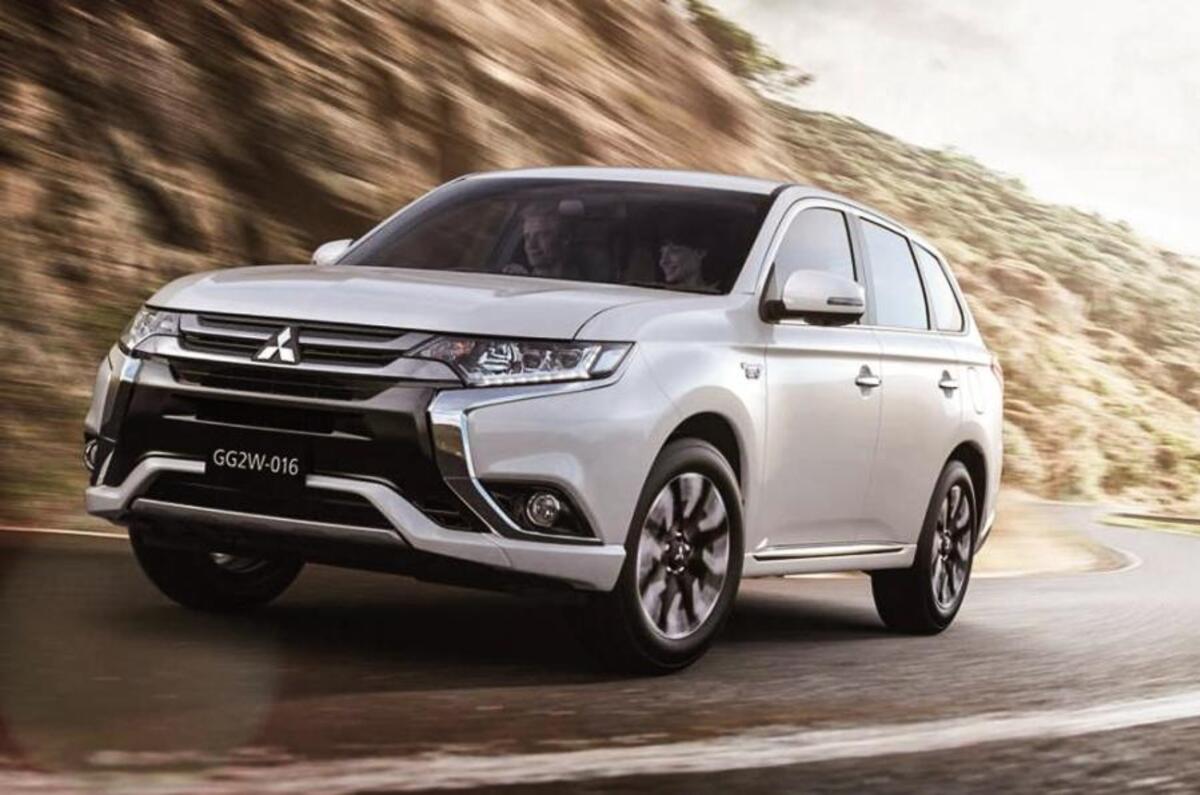
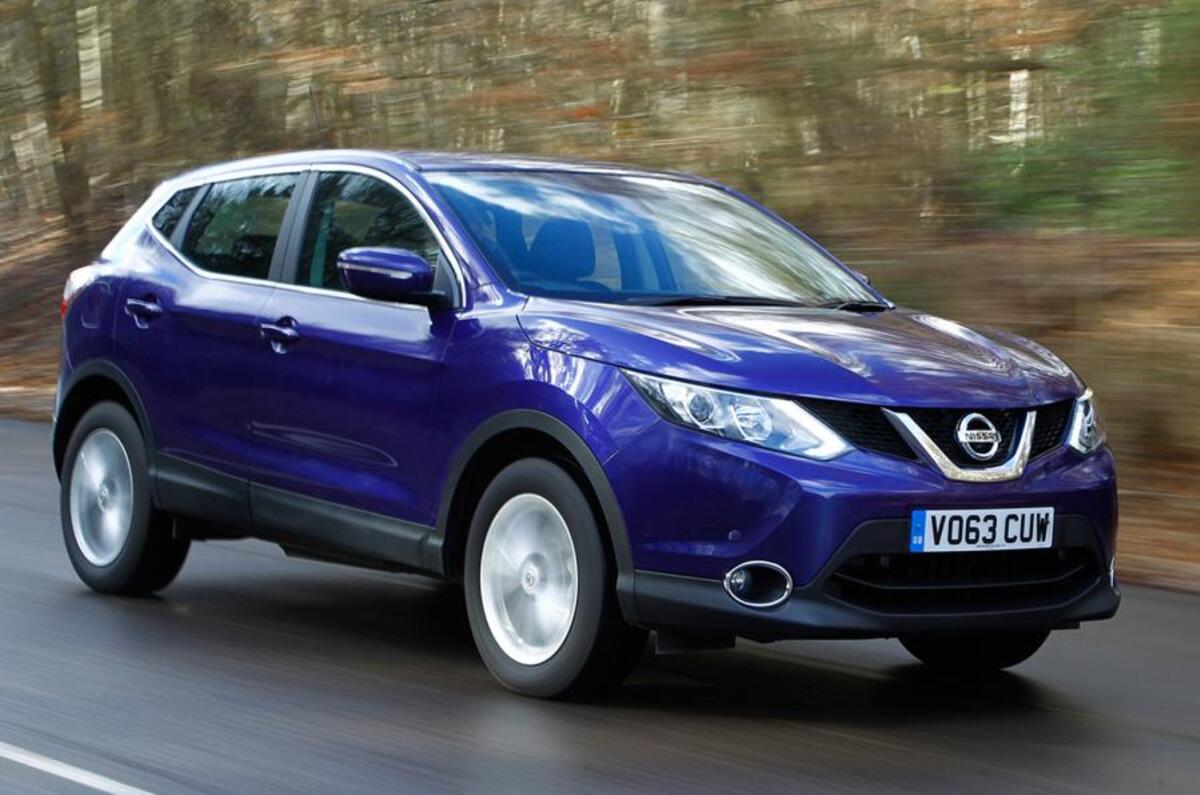
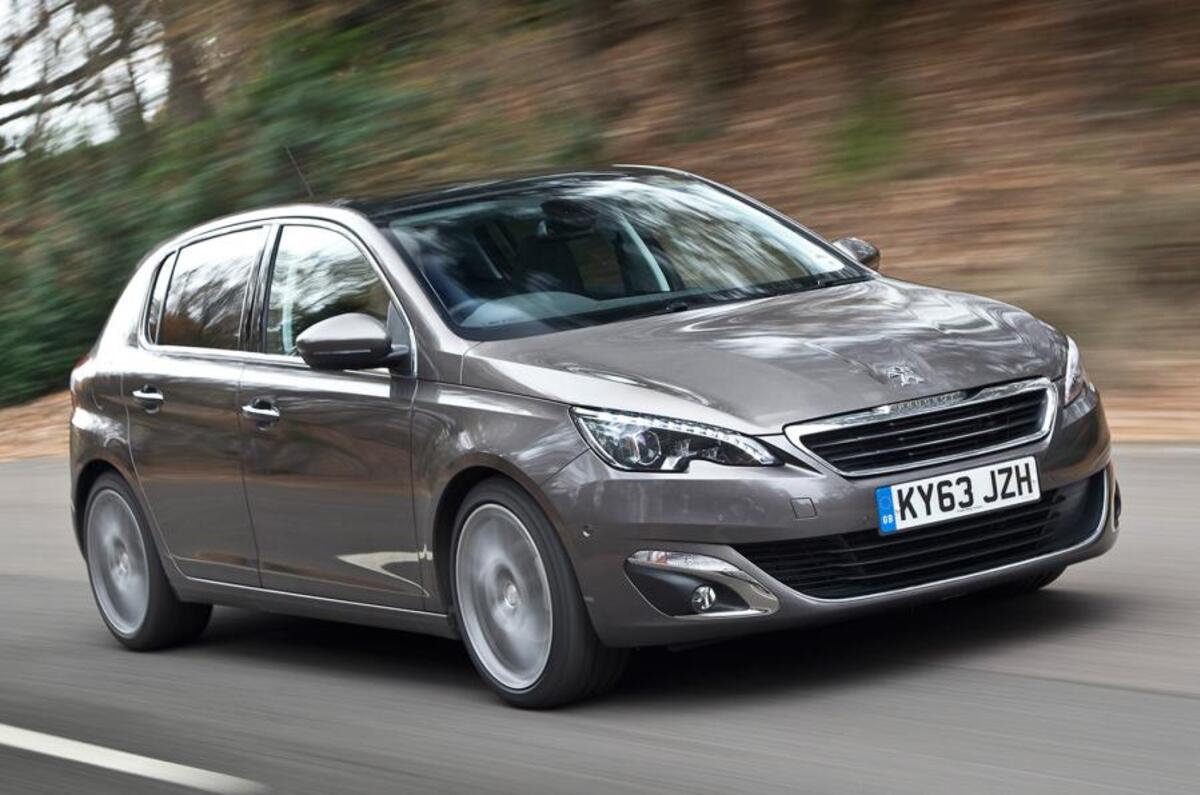
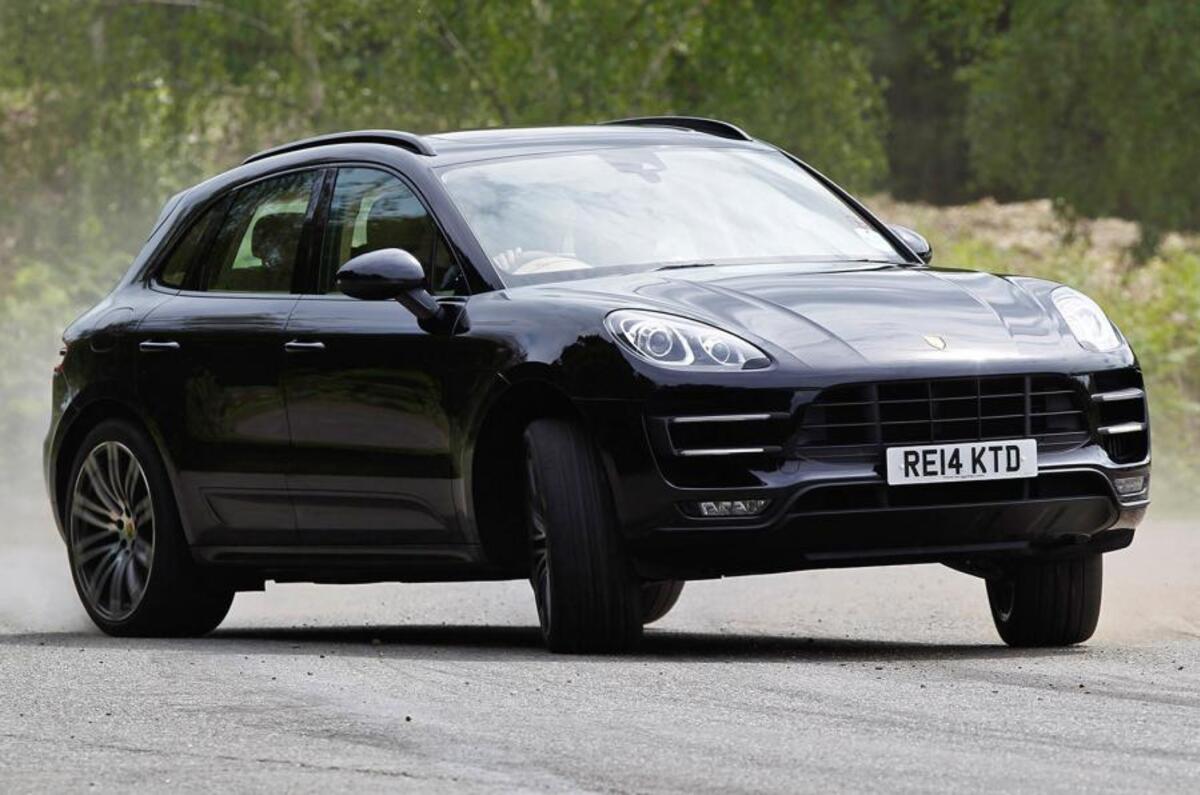
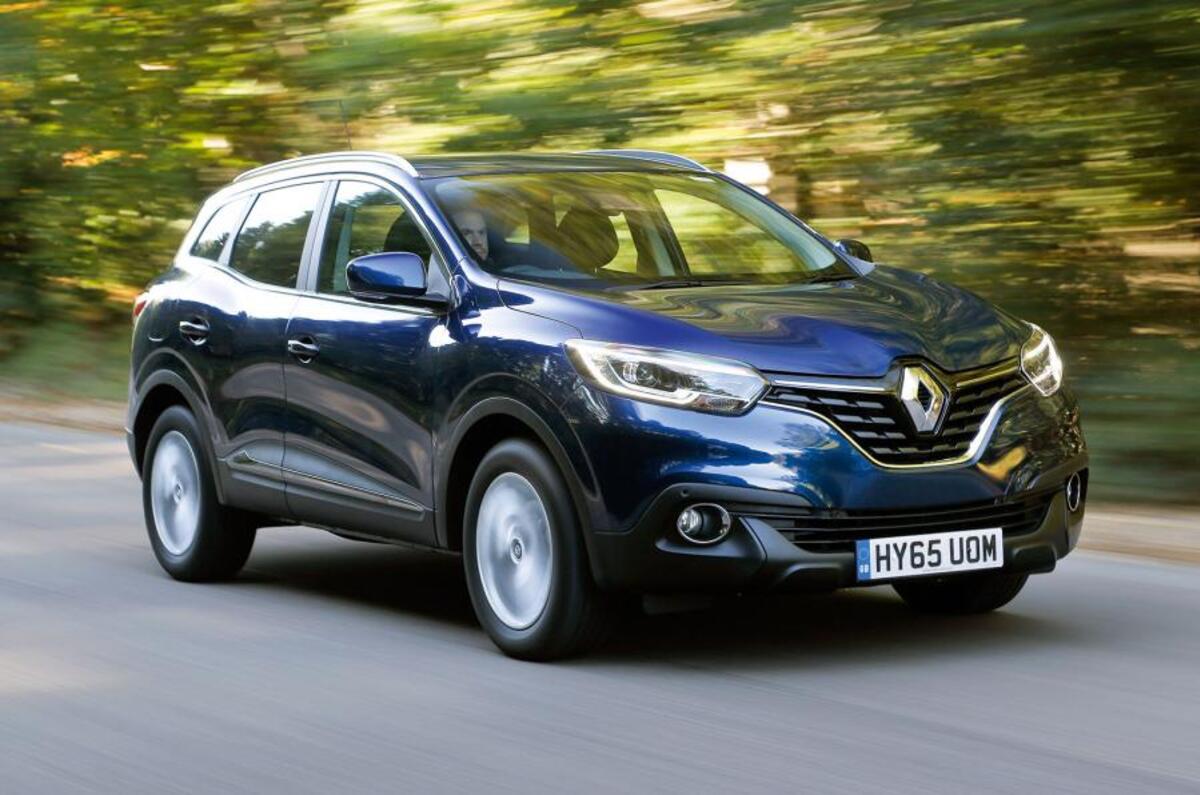
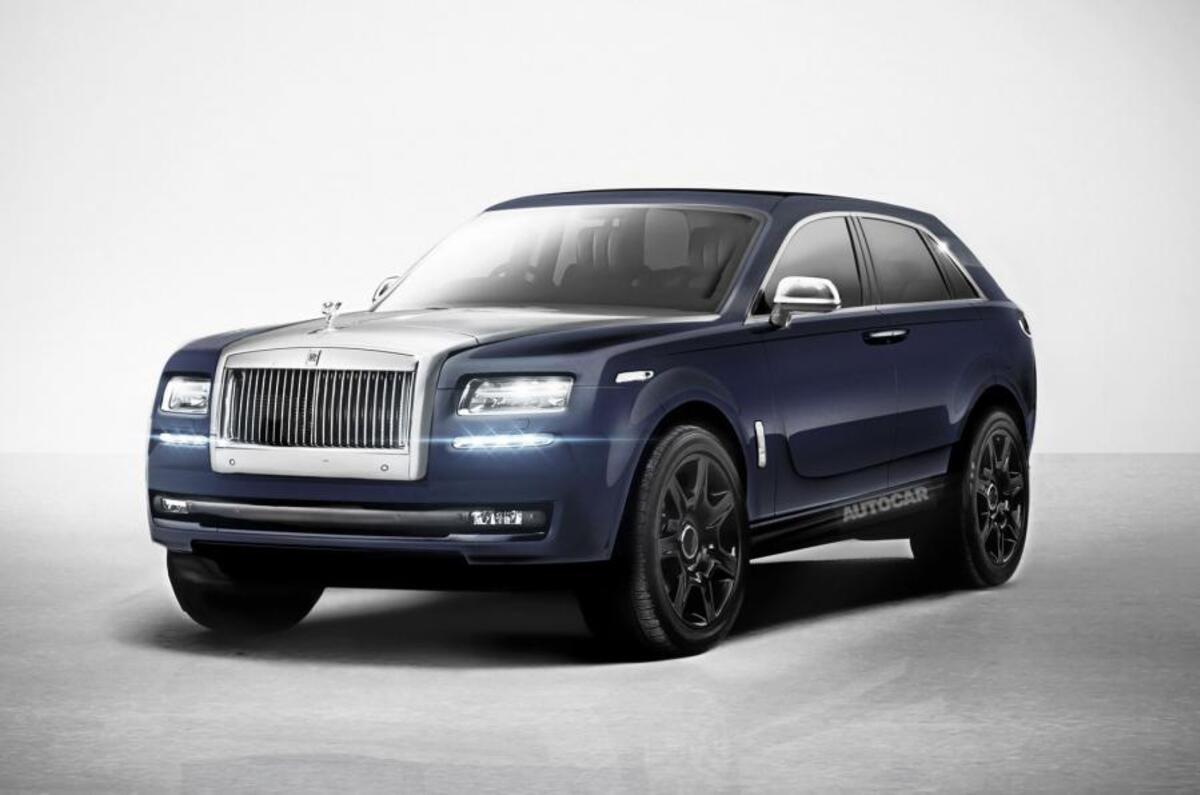

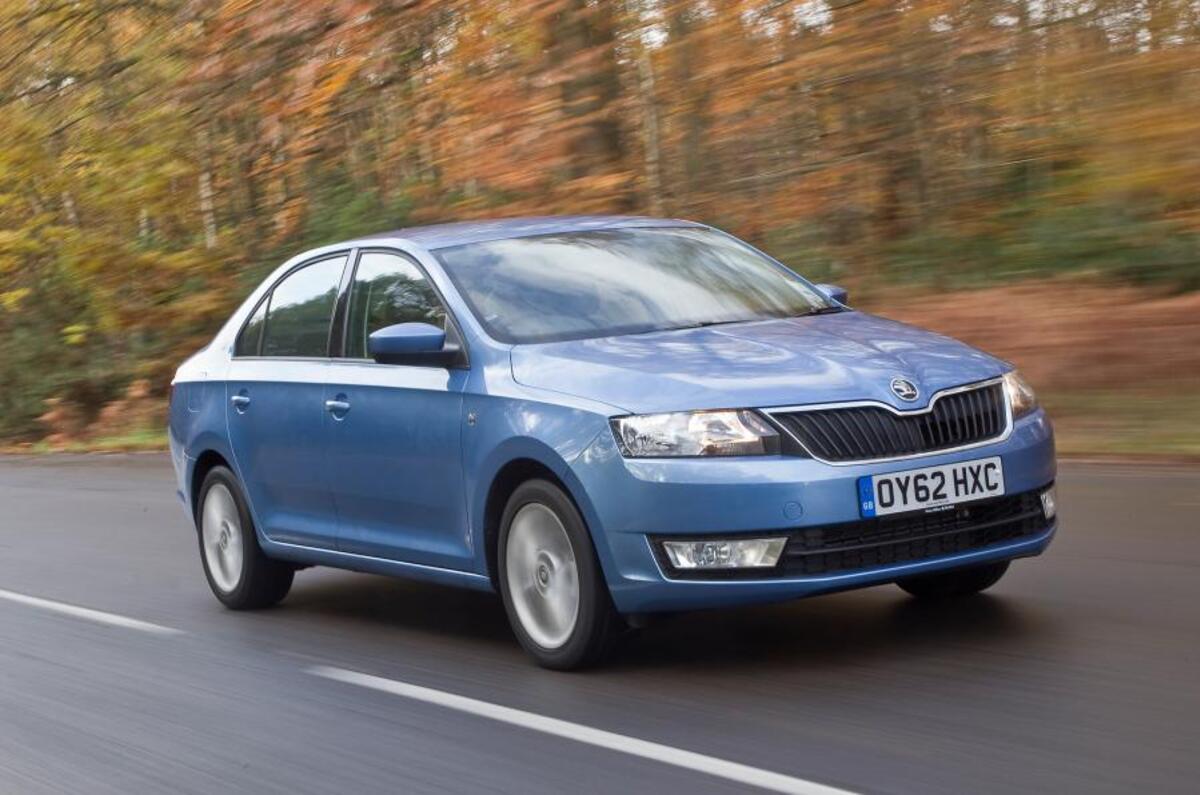
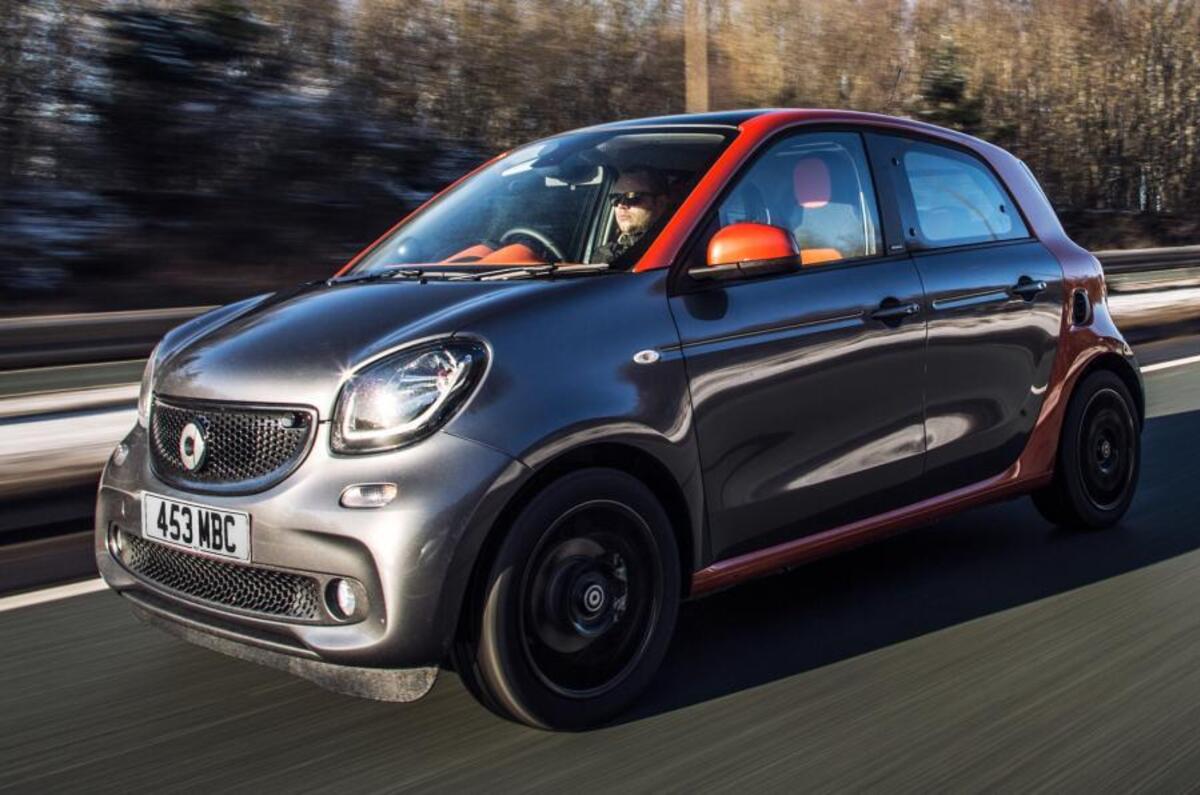
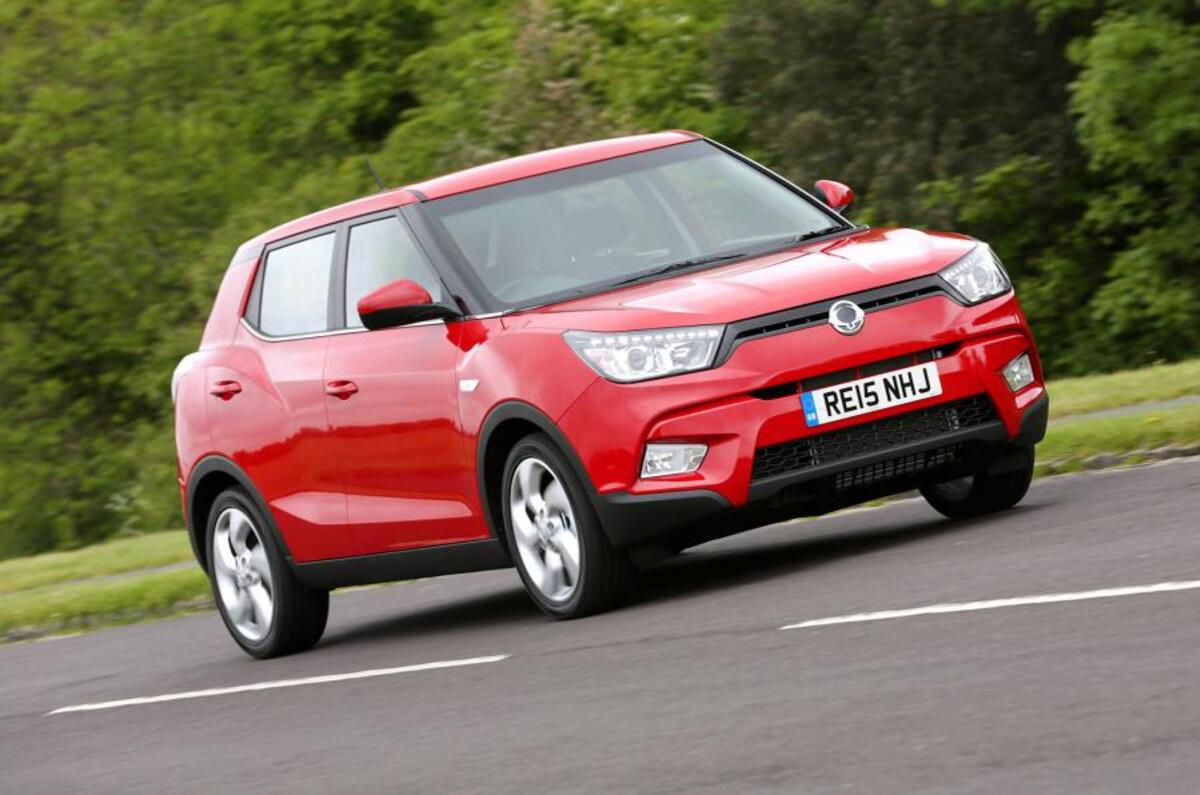
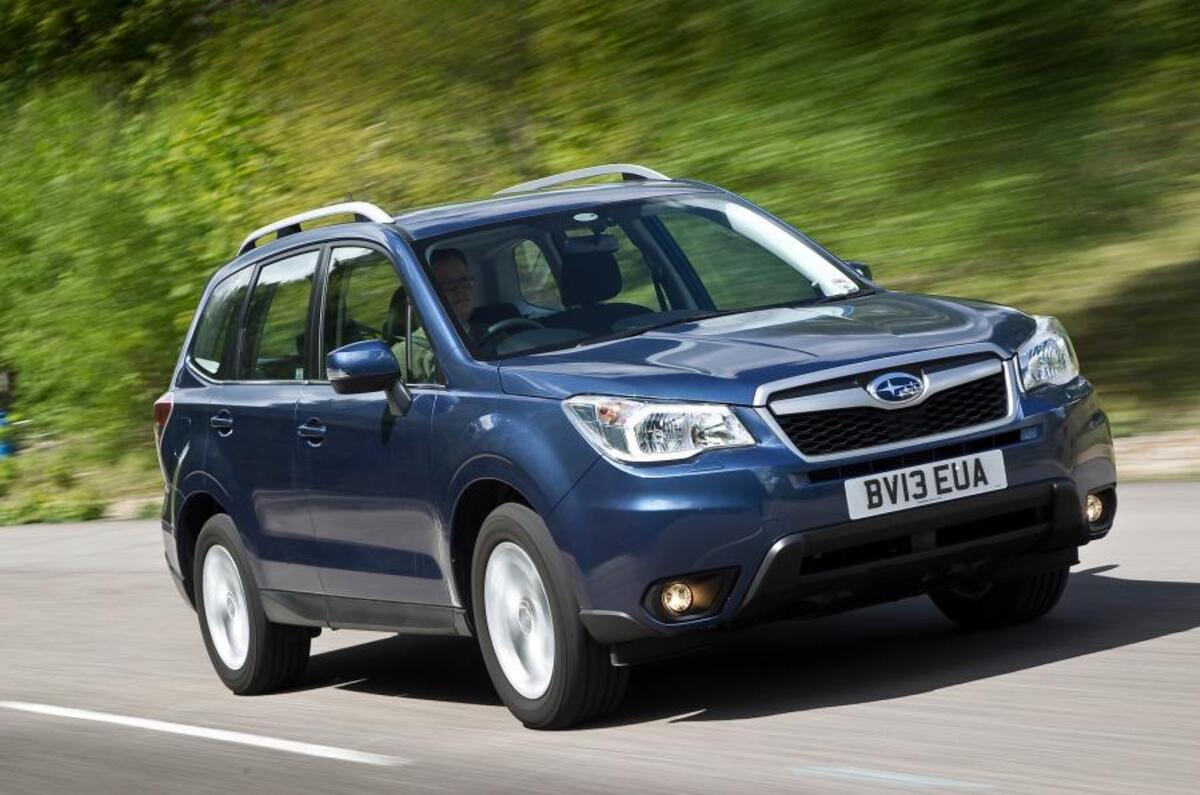
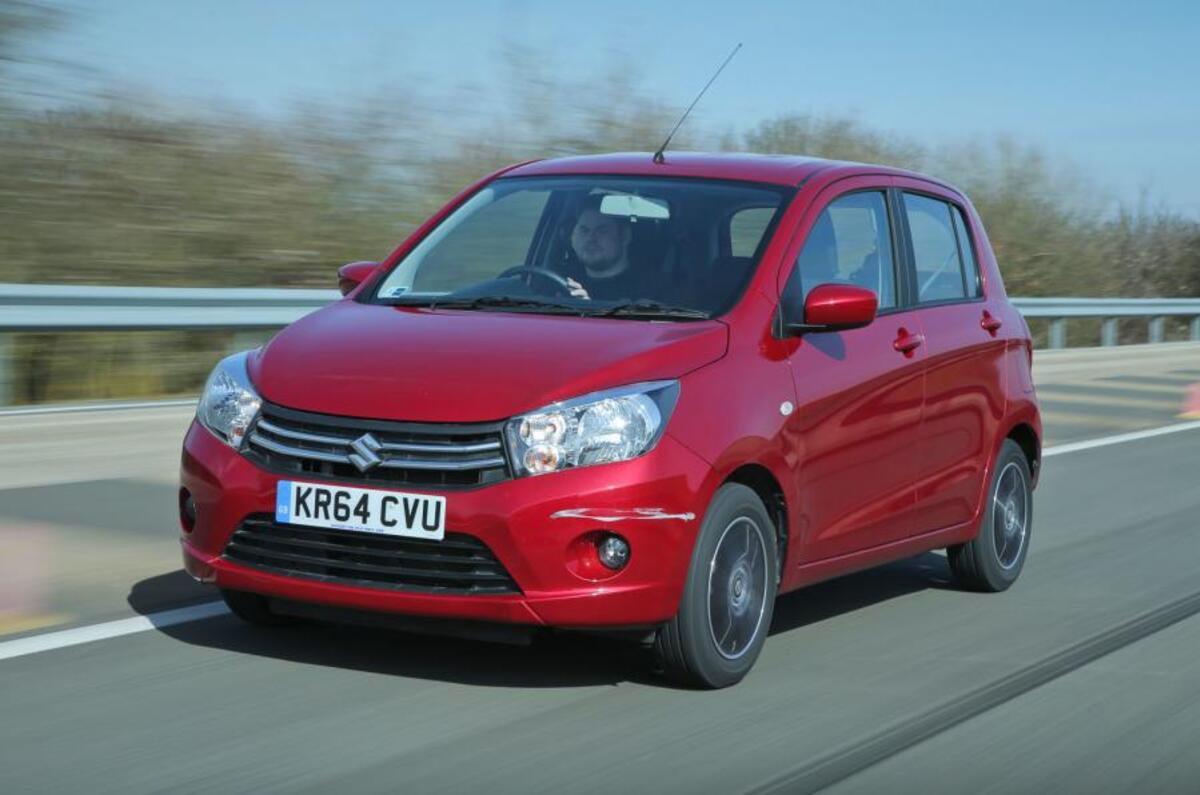

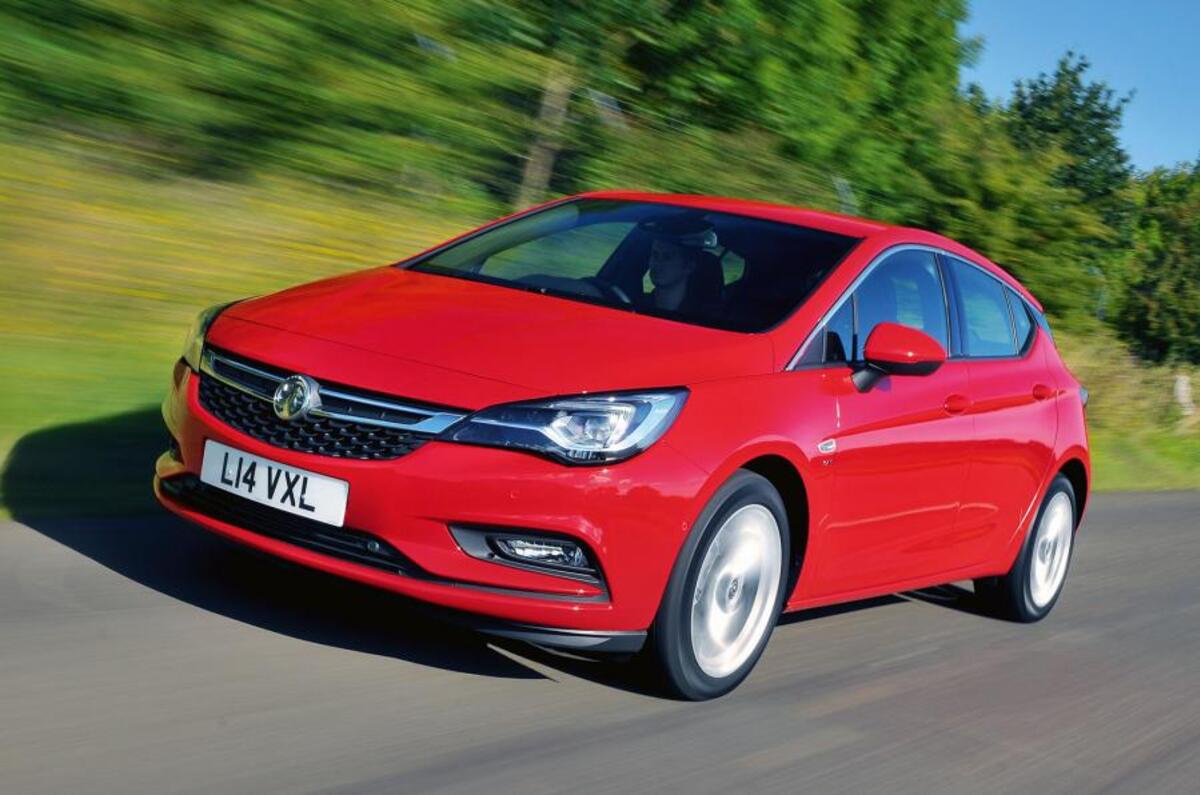
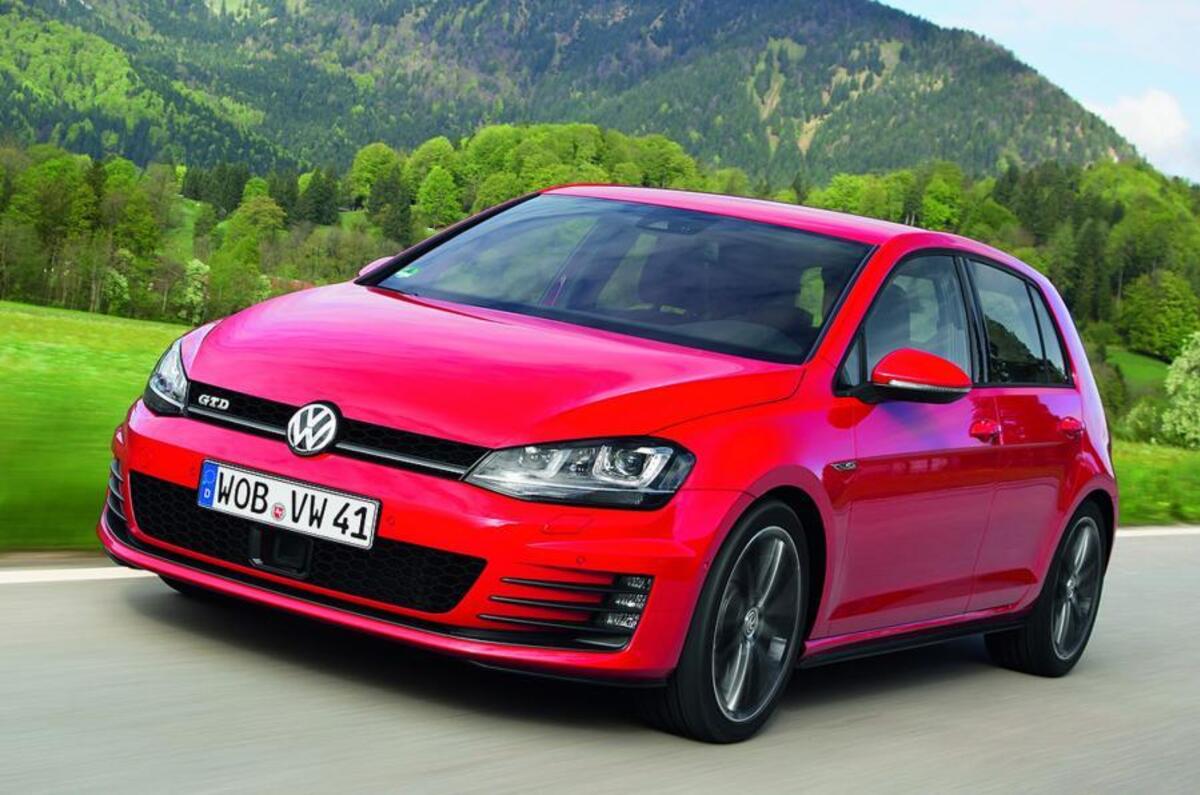
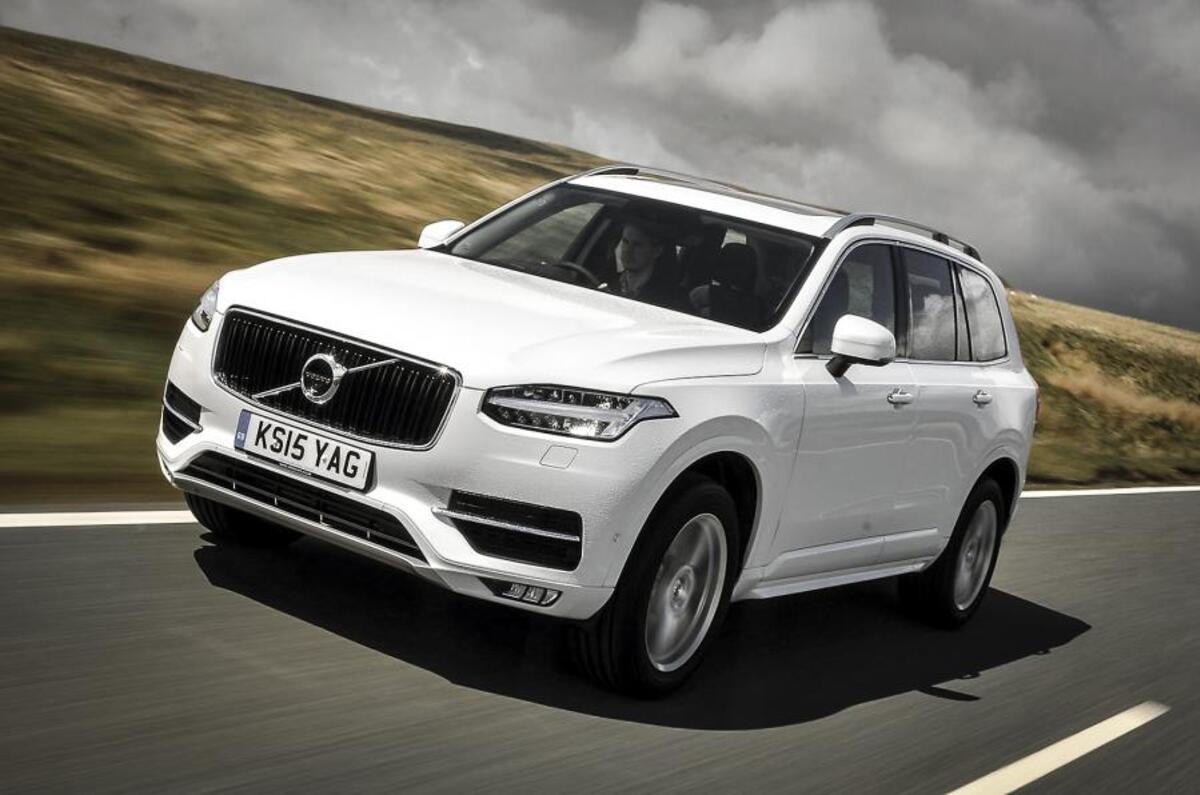
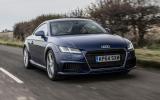
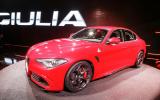

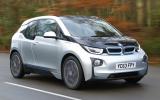

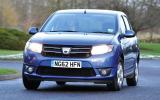
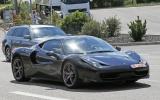

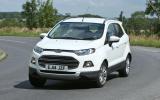
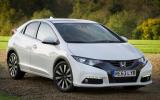
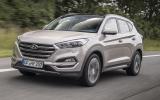
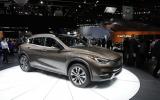
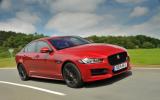
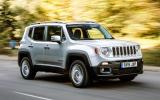
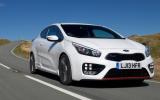

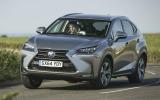
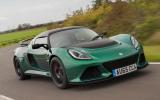




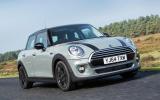
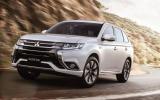
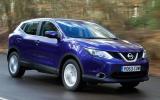

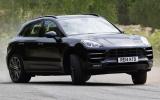
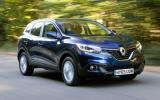
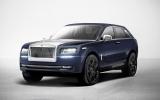

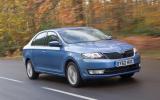
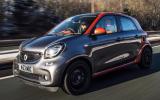
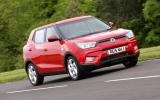
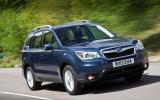
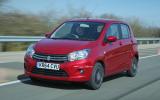
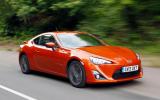

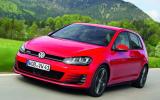
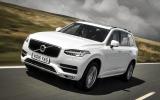


Join the debate
Add your comment
Although I agree the EcoSport
Don't understand the PCP logic
@Paul
911 dying ???